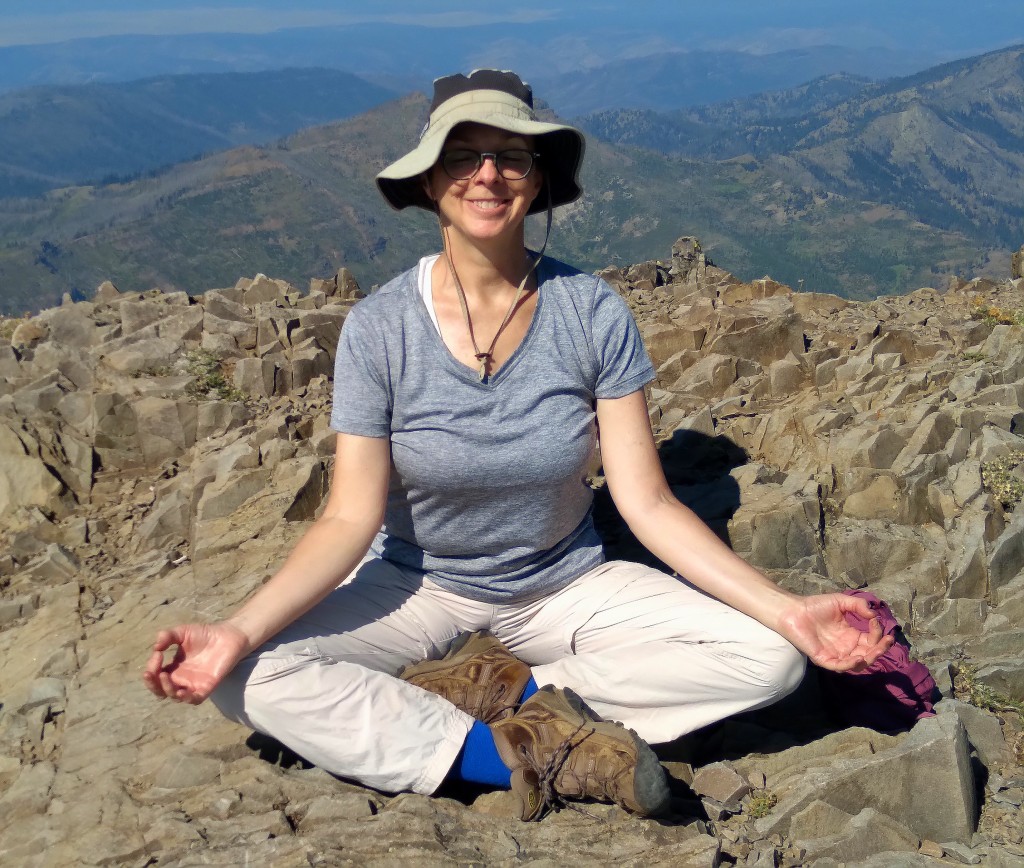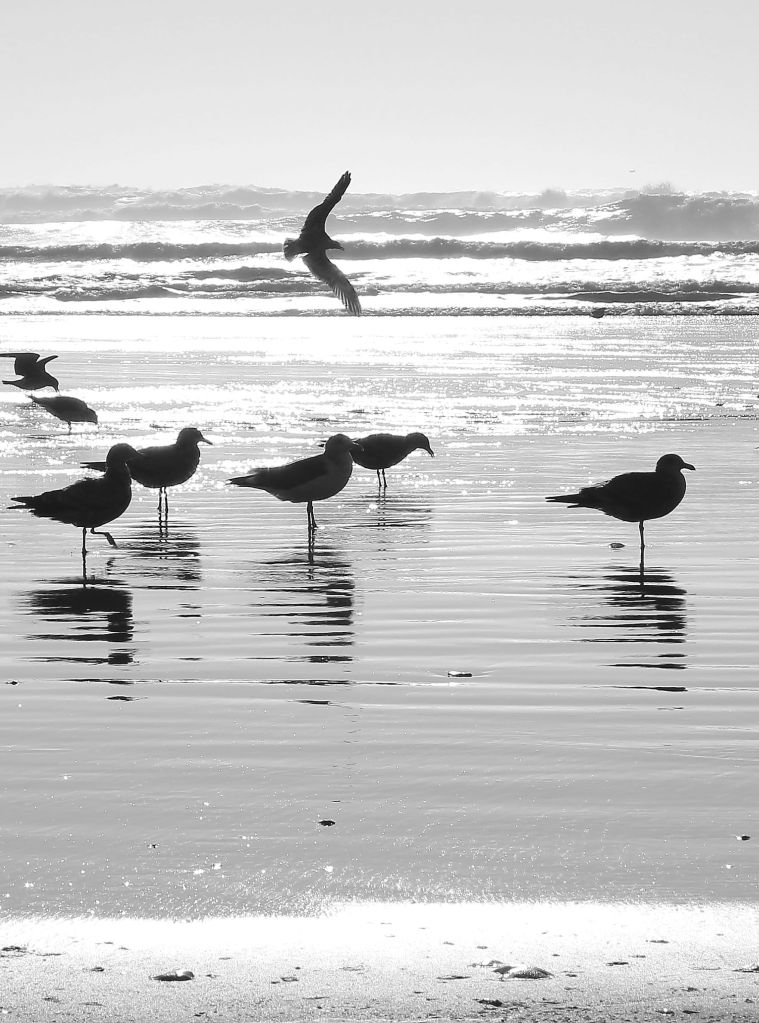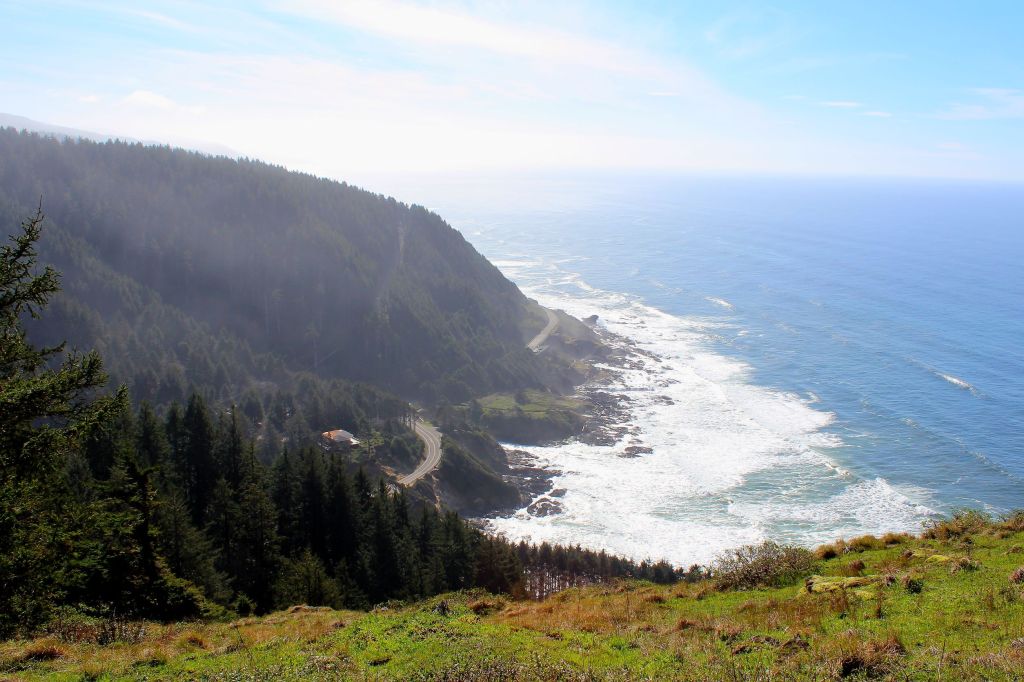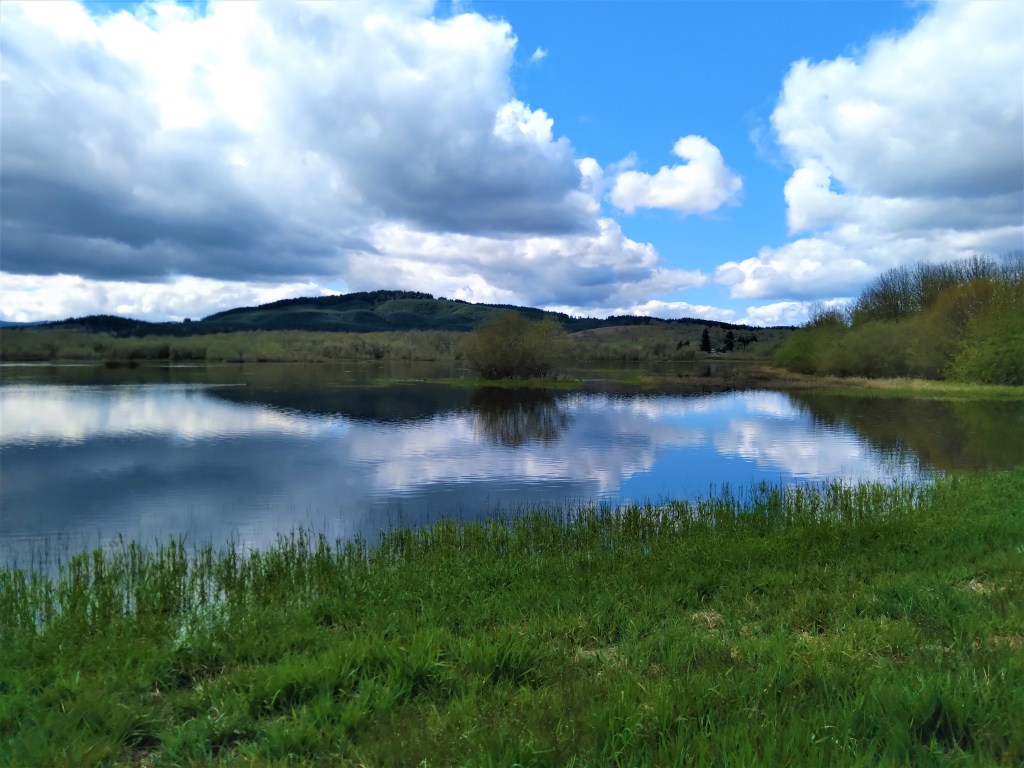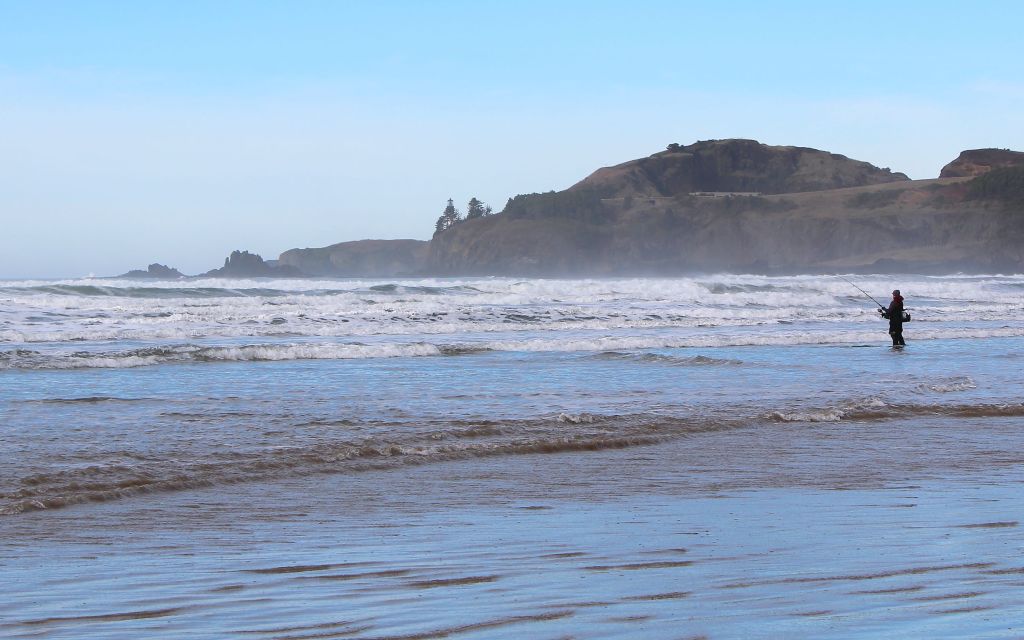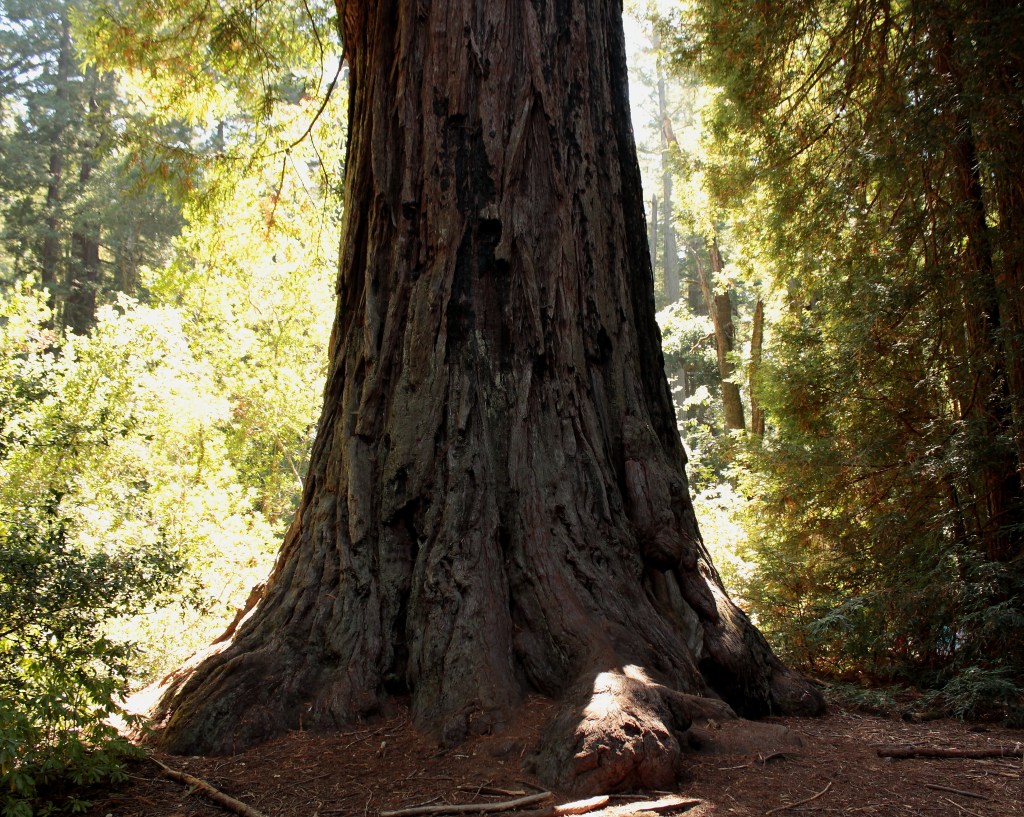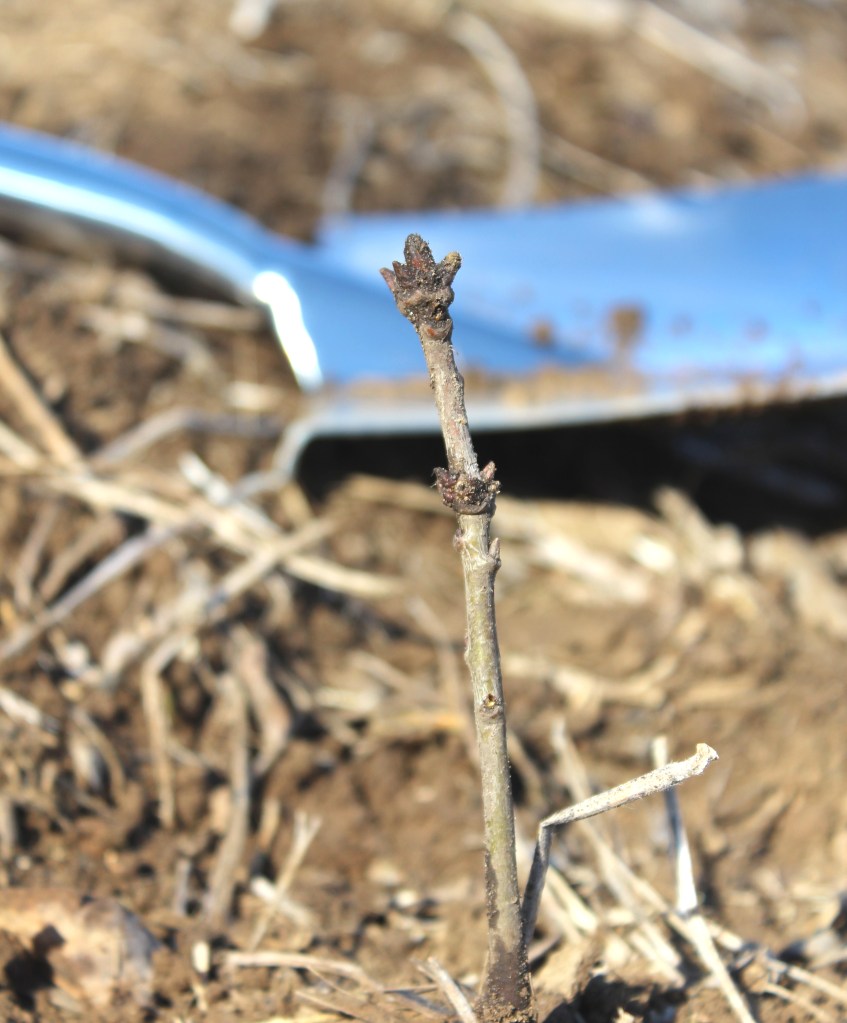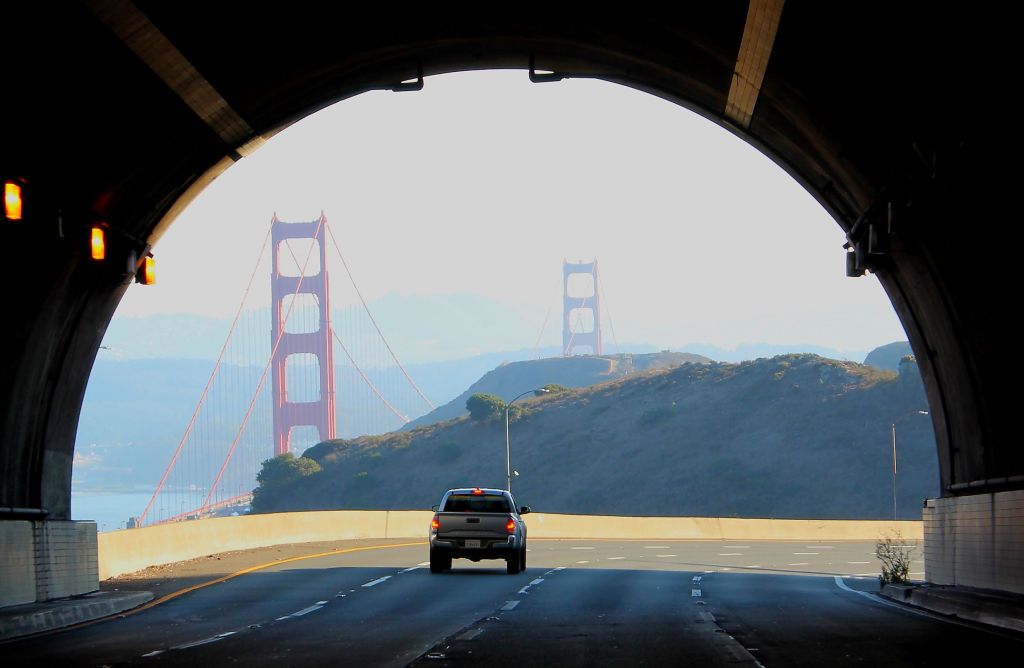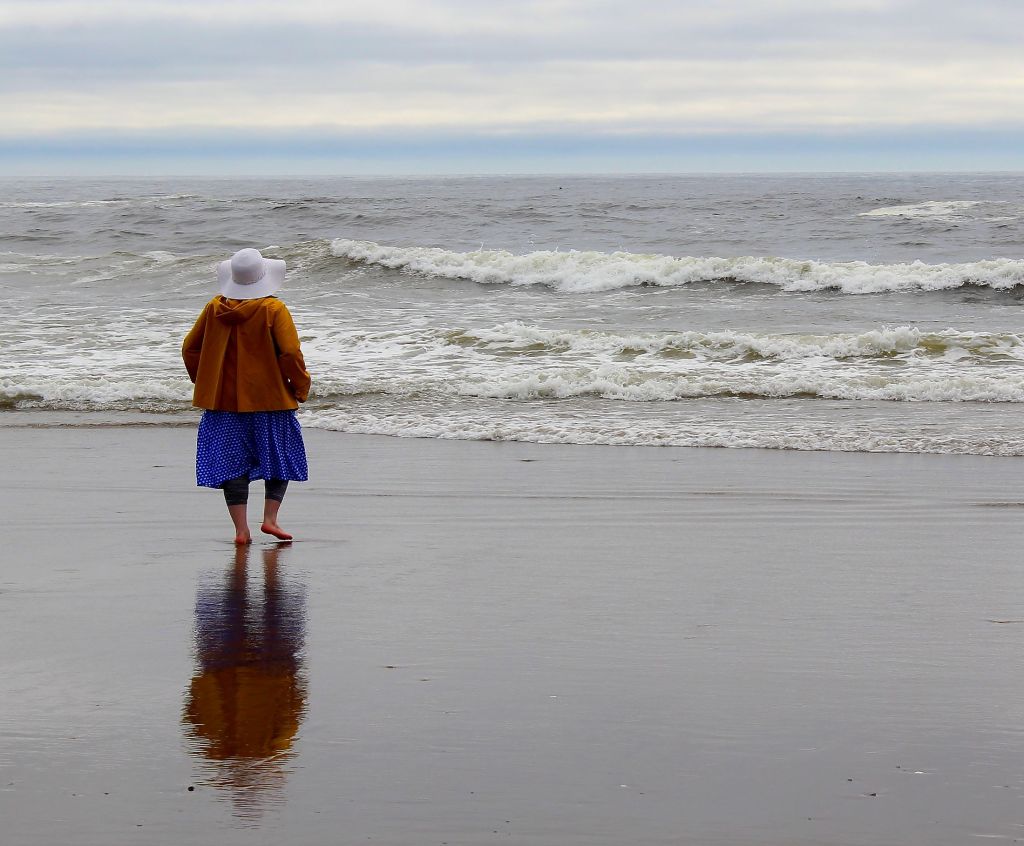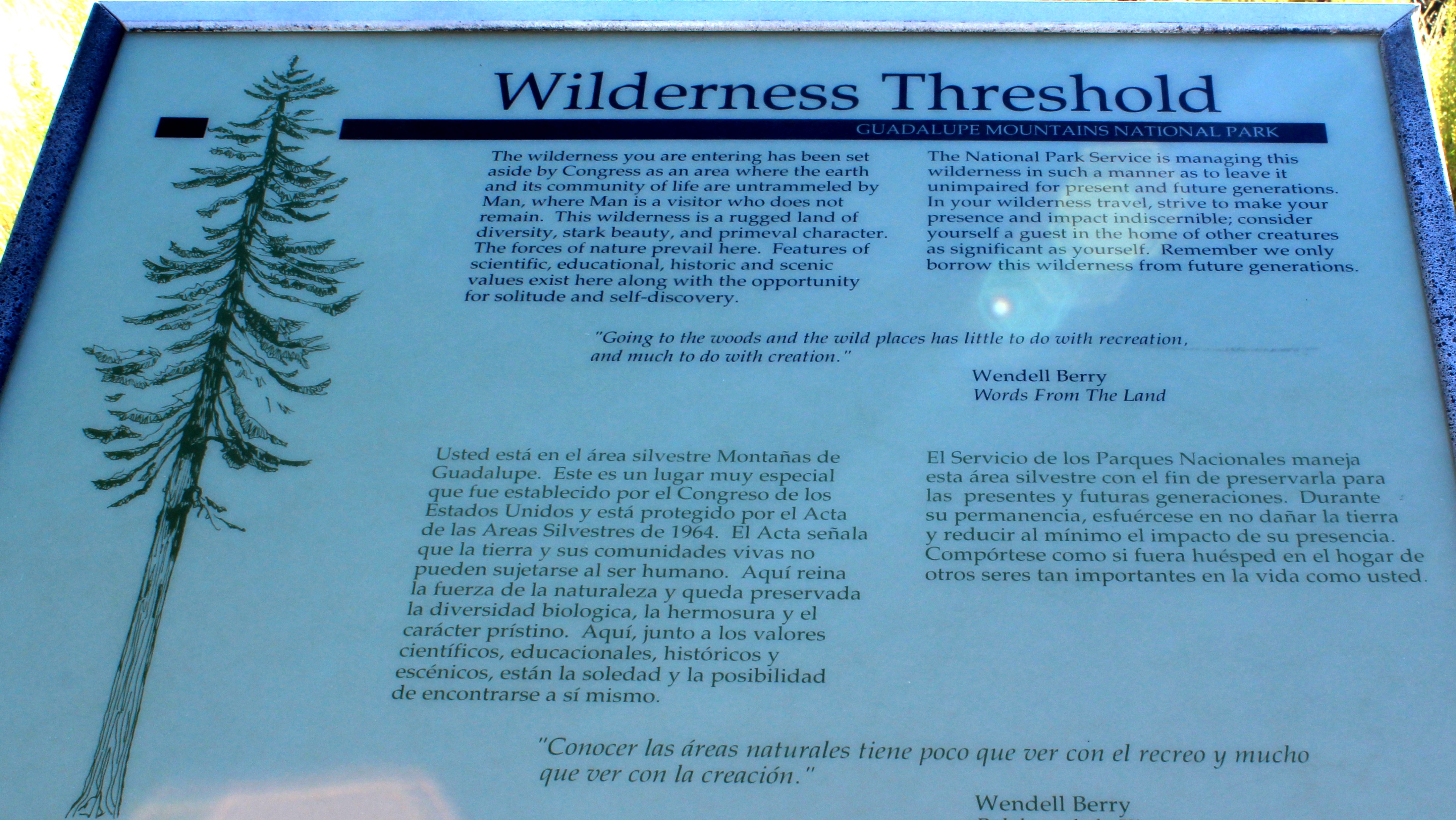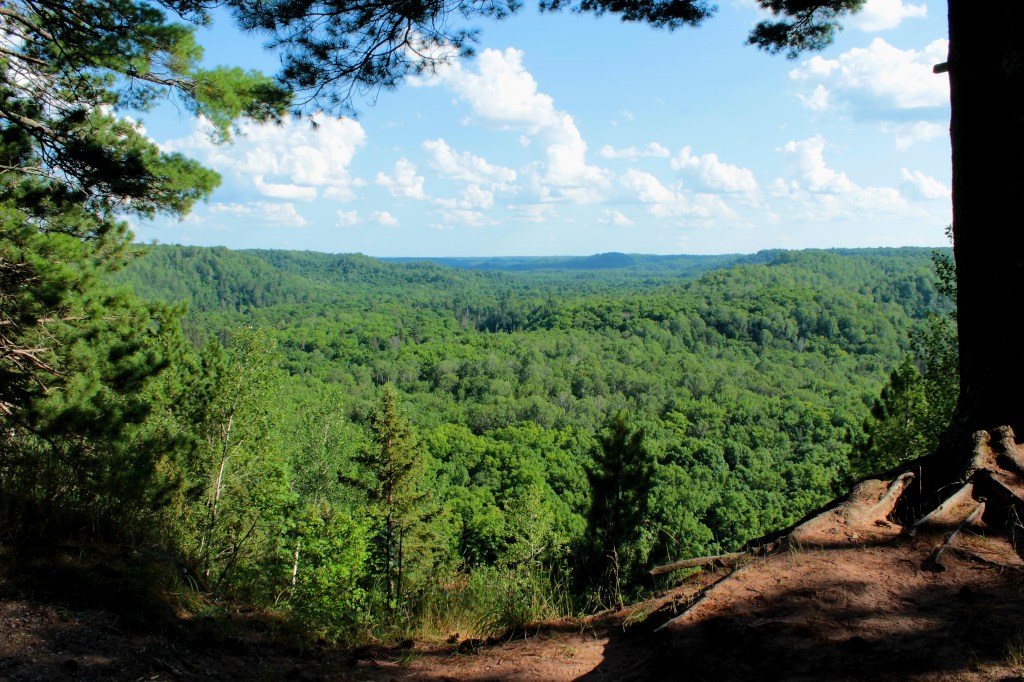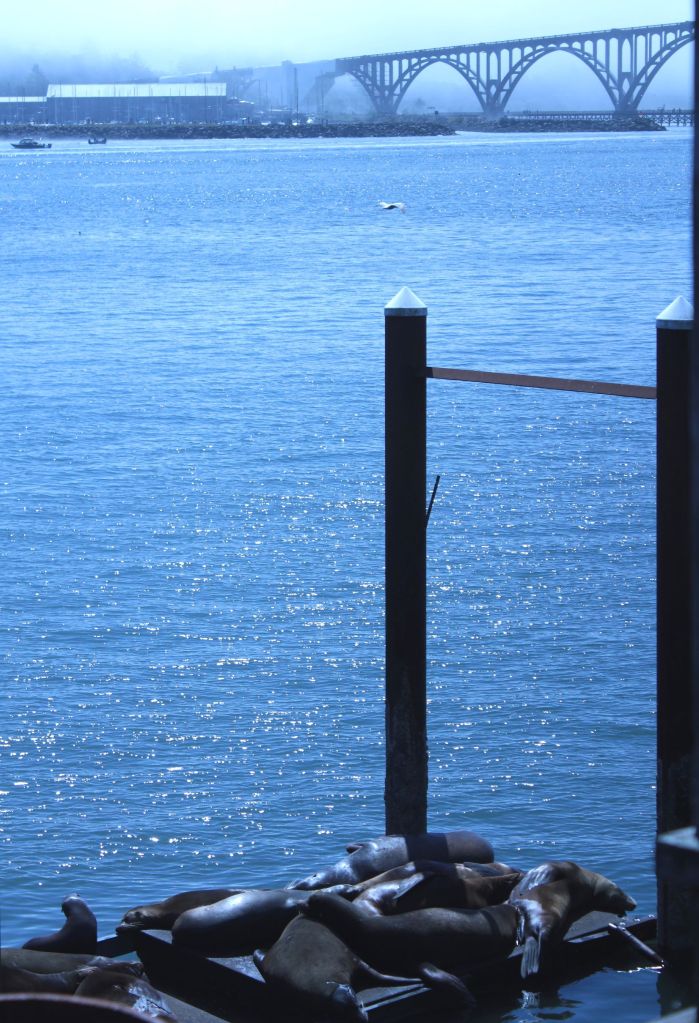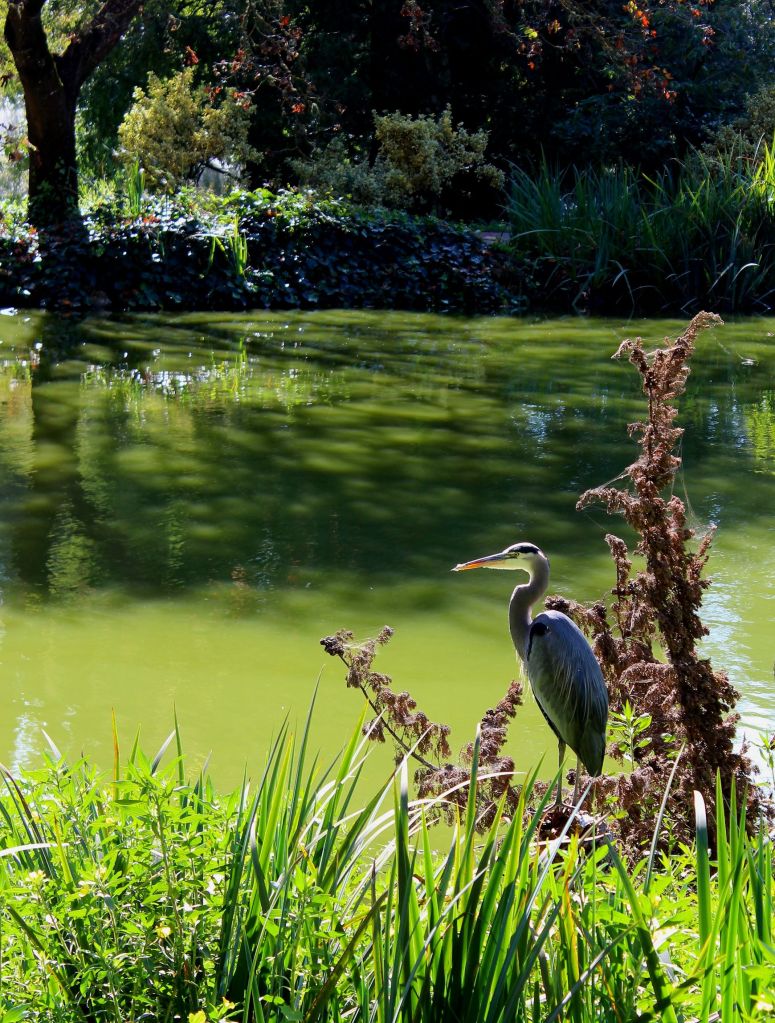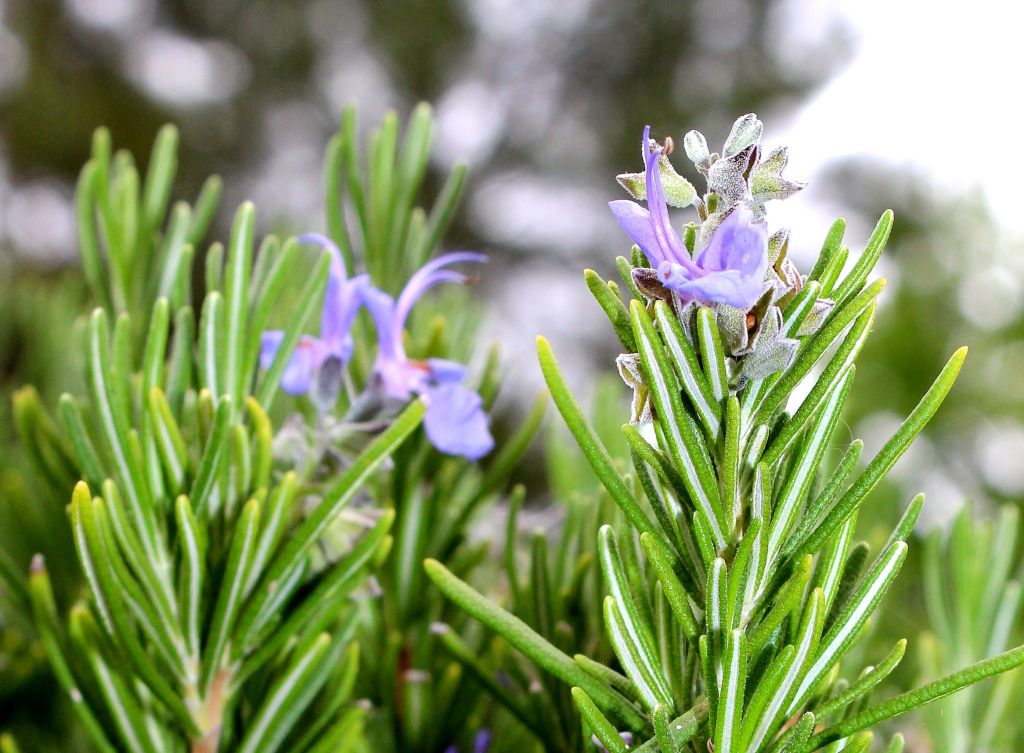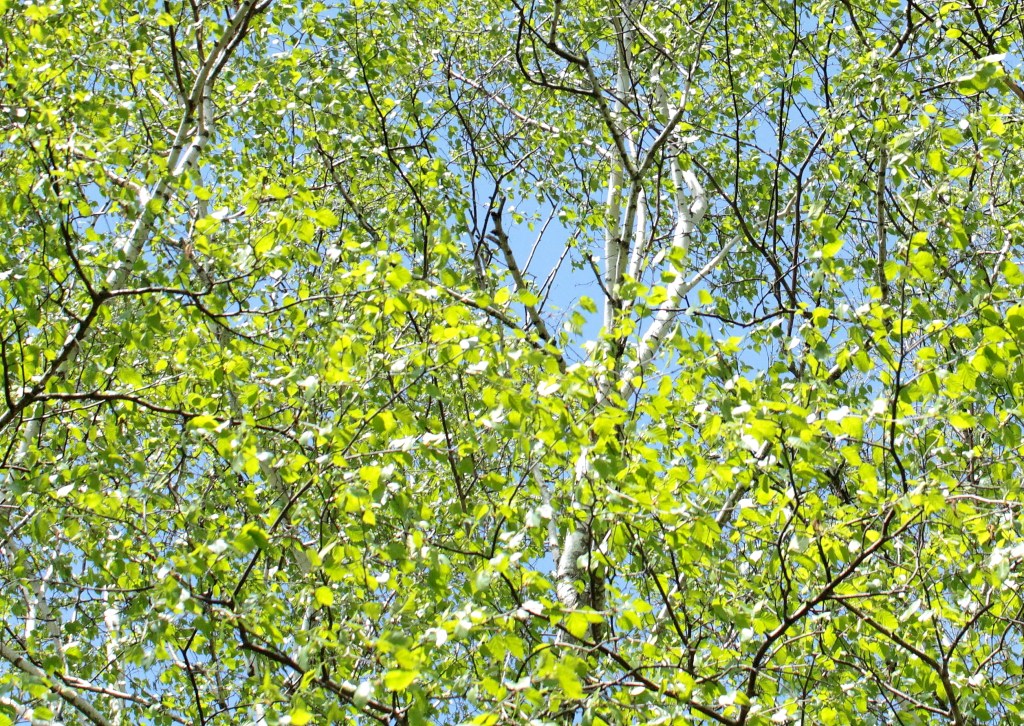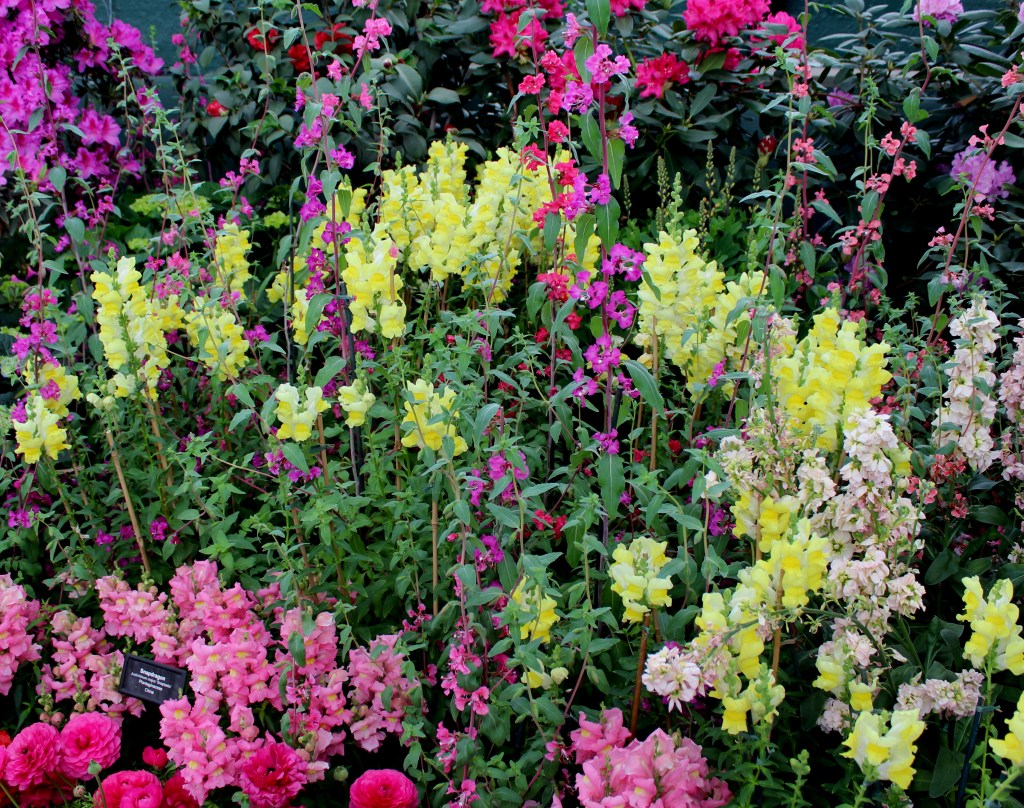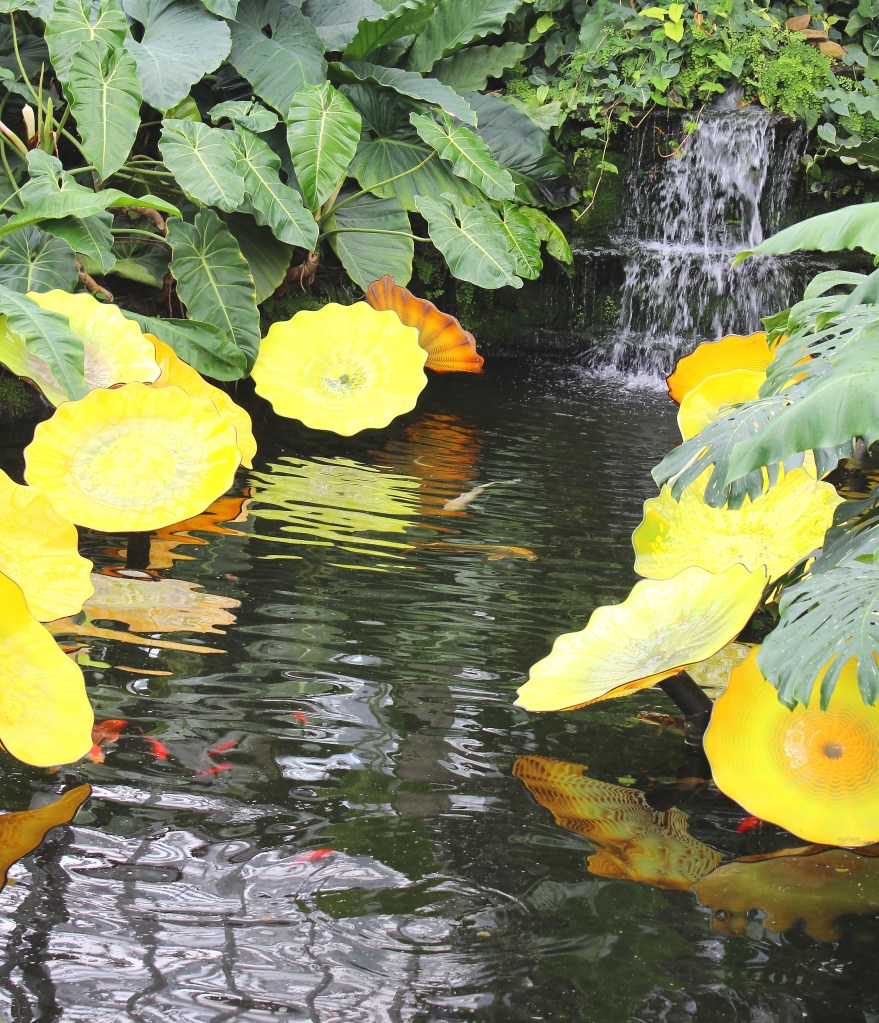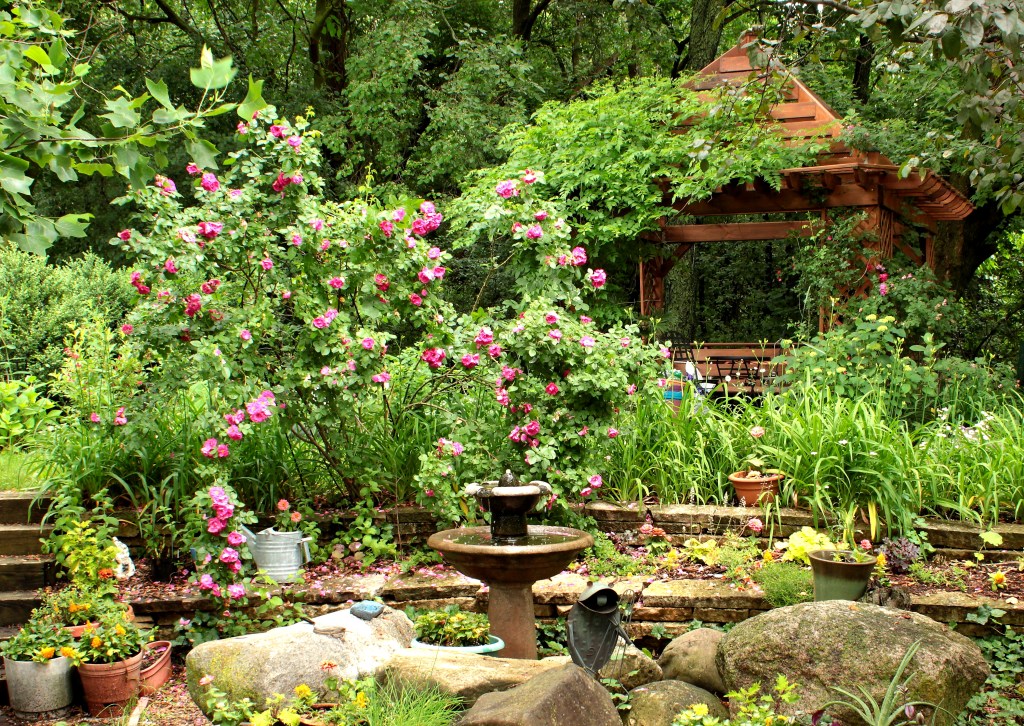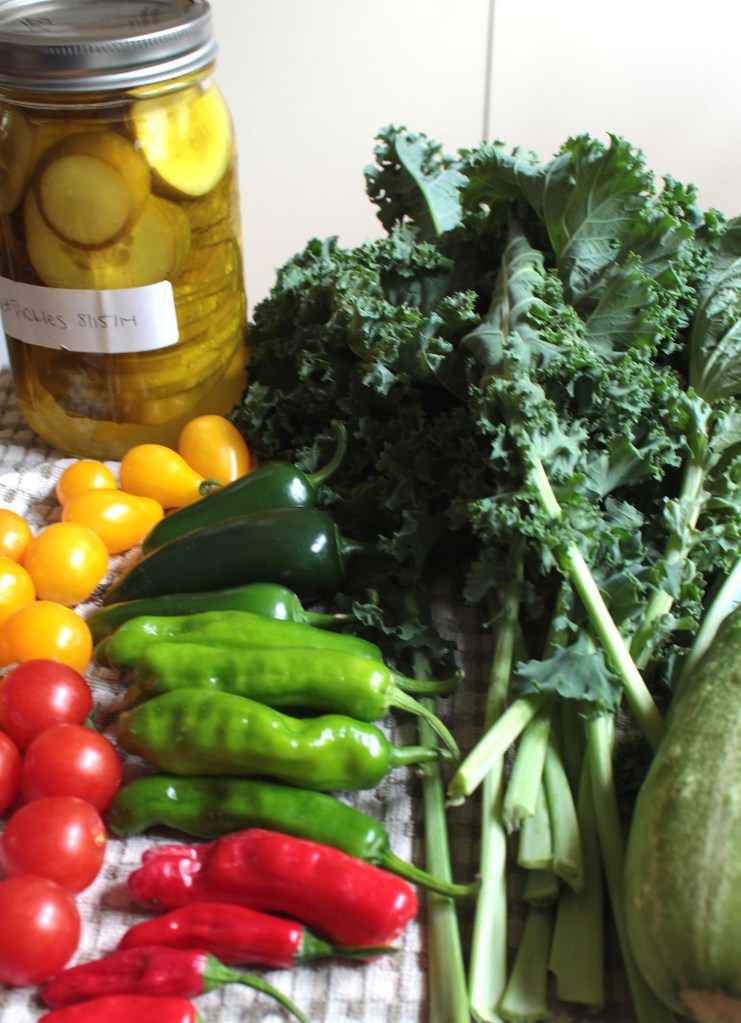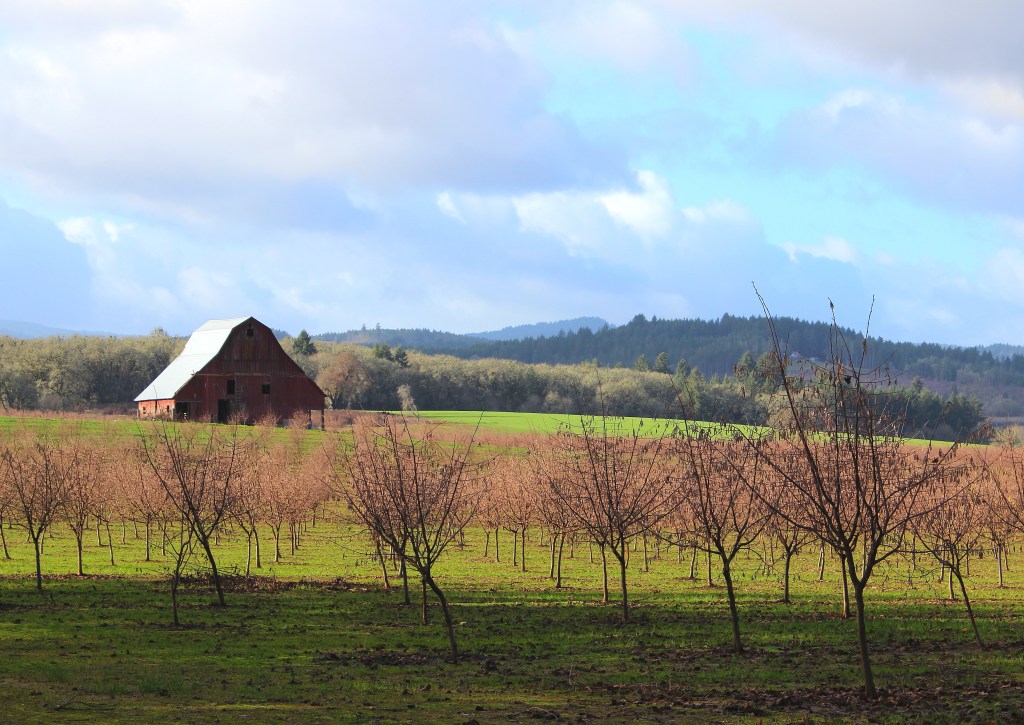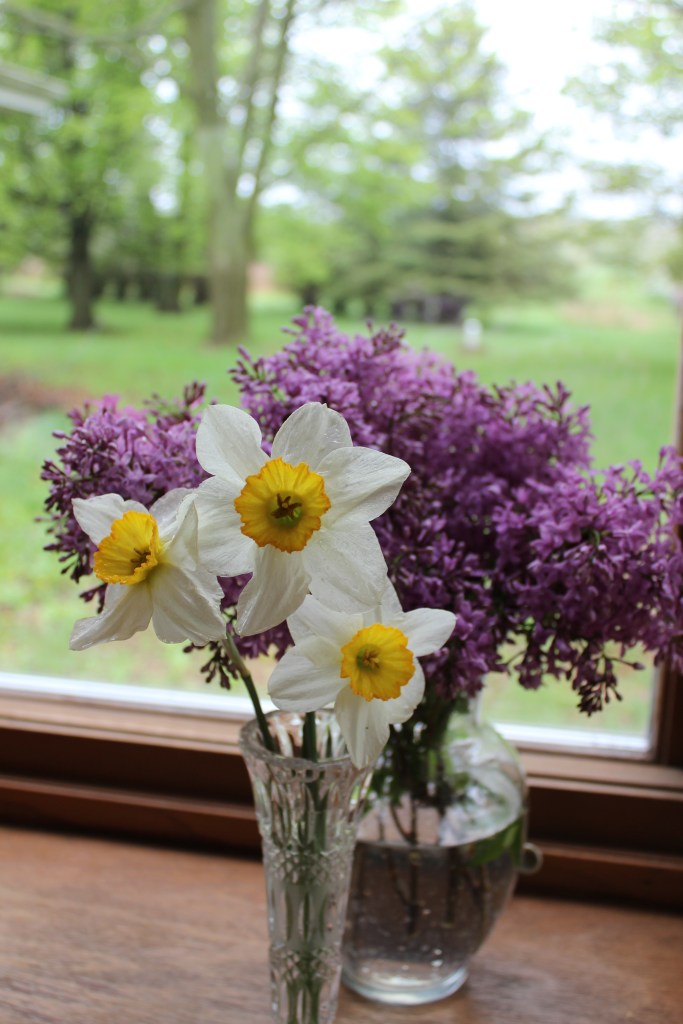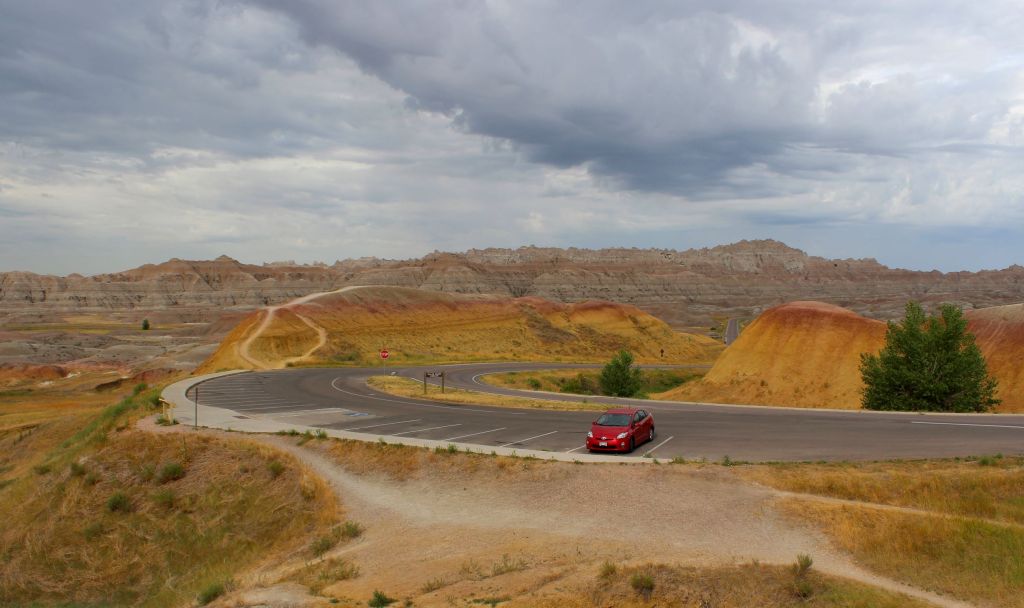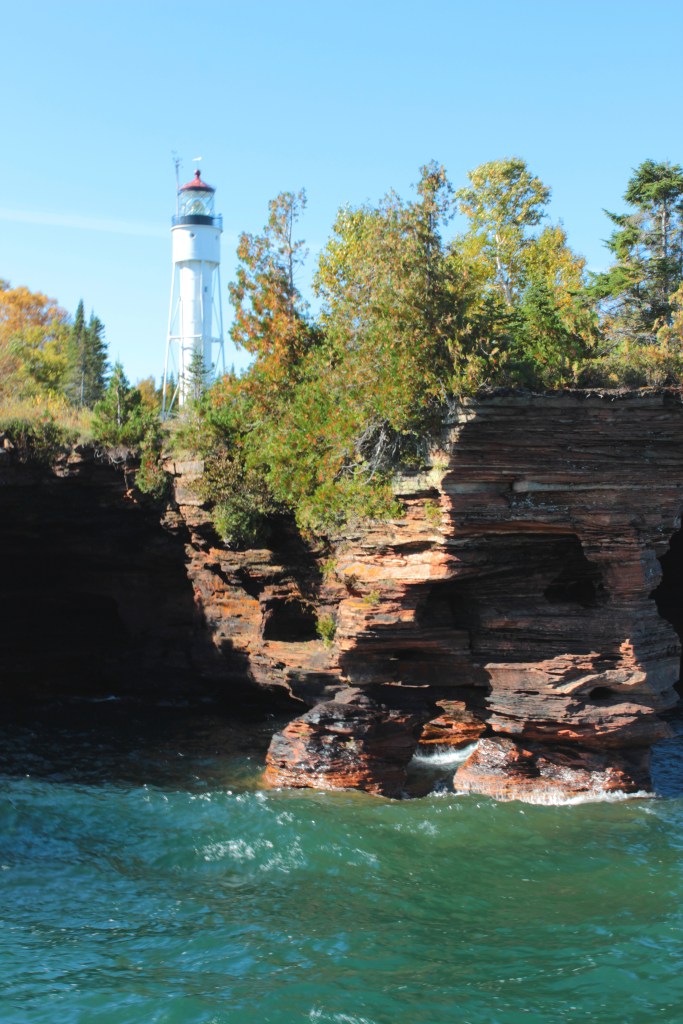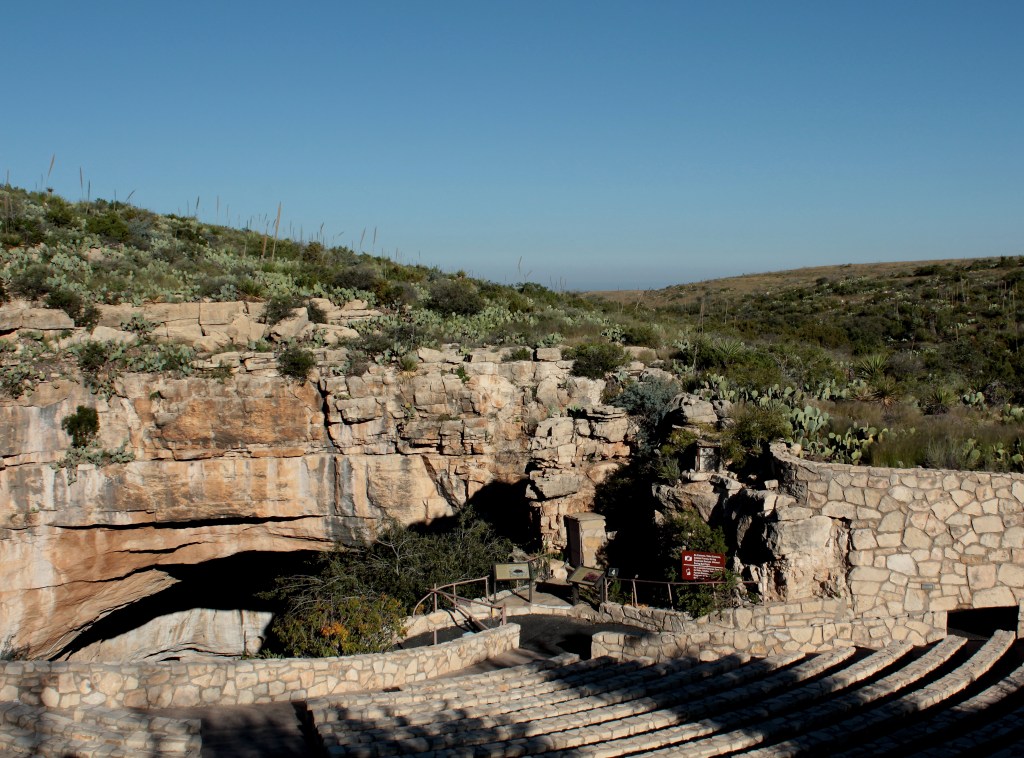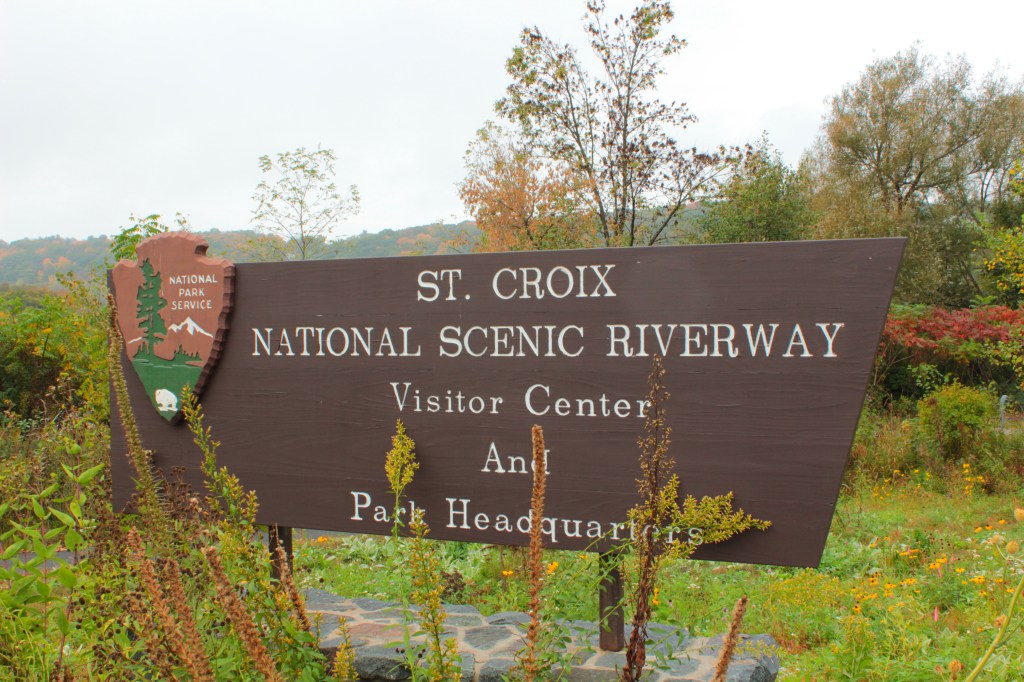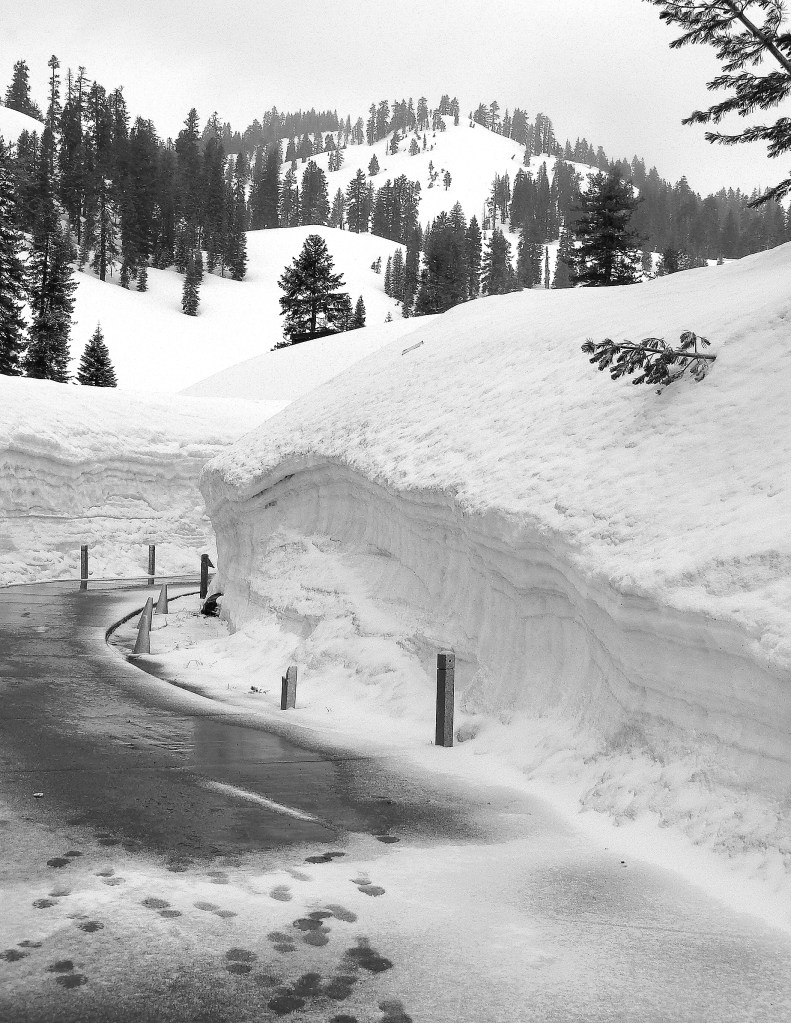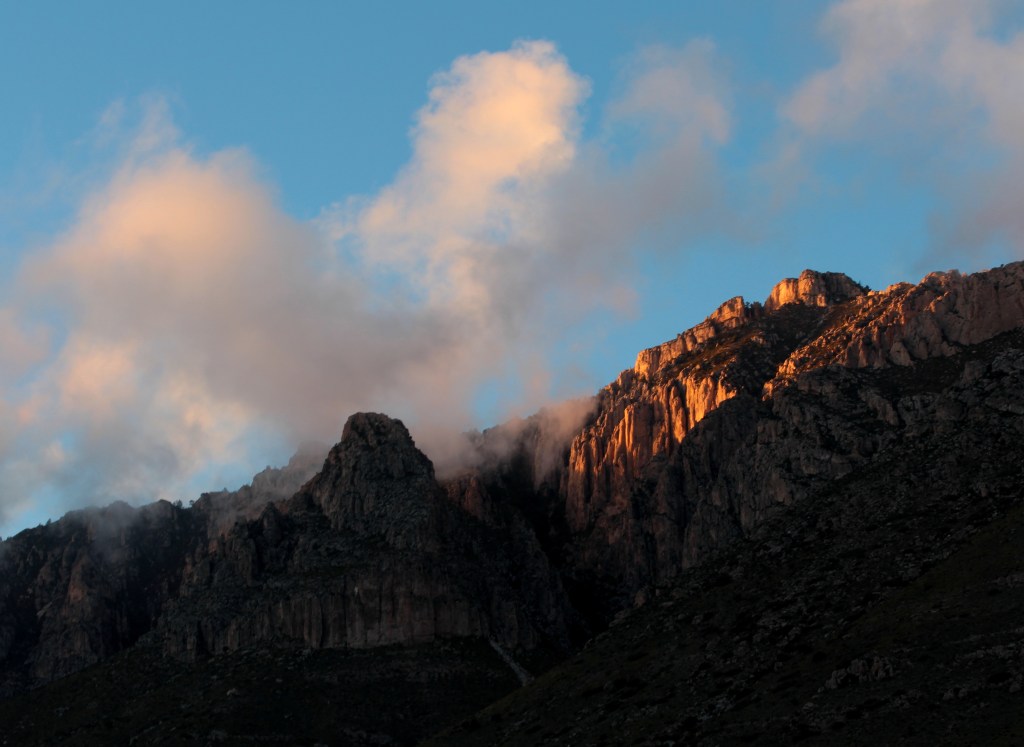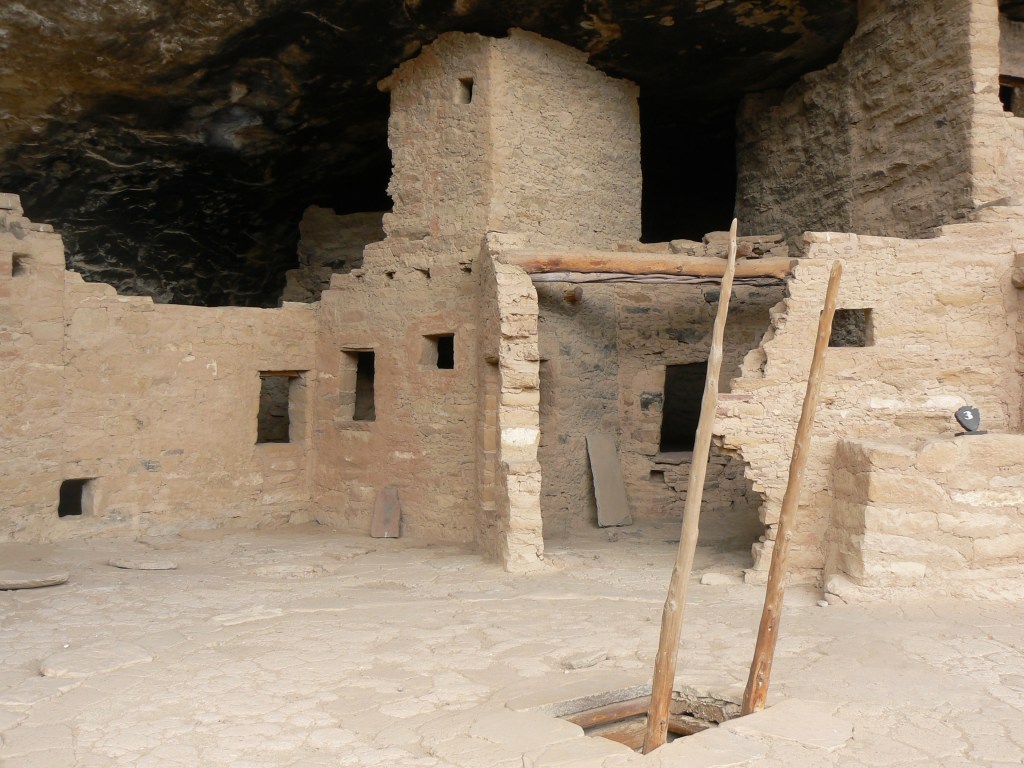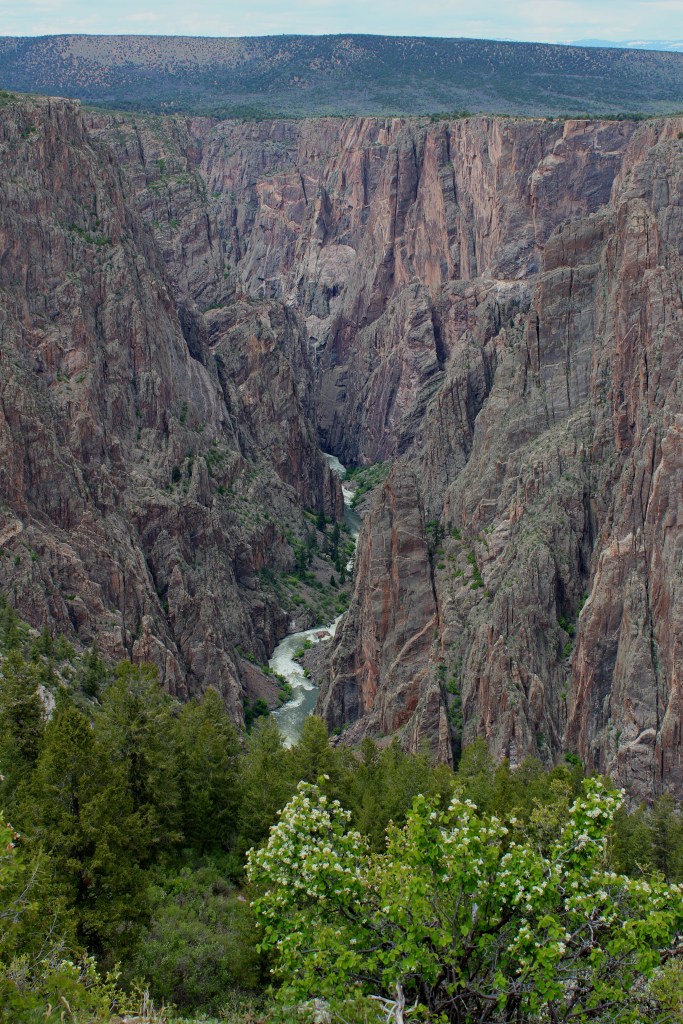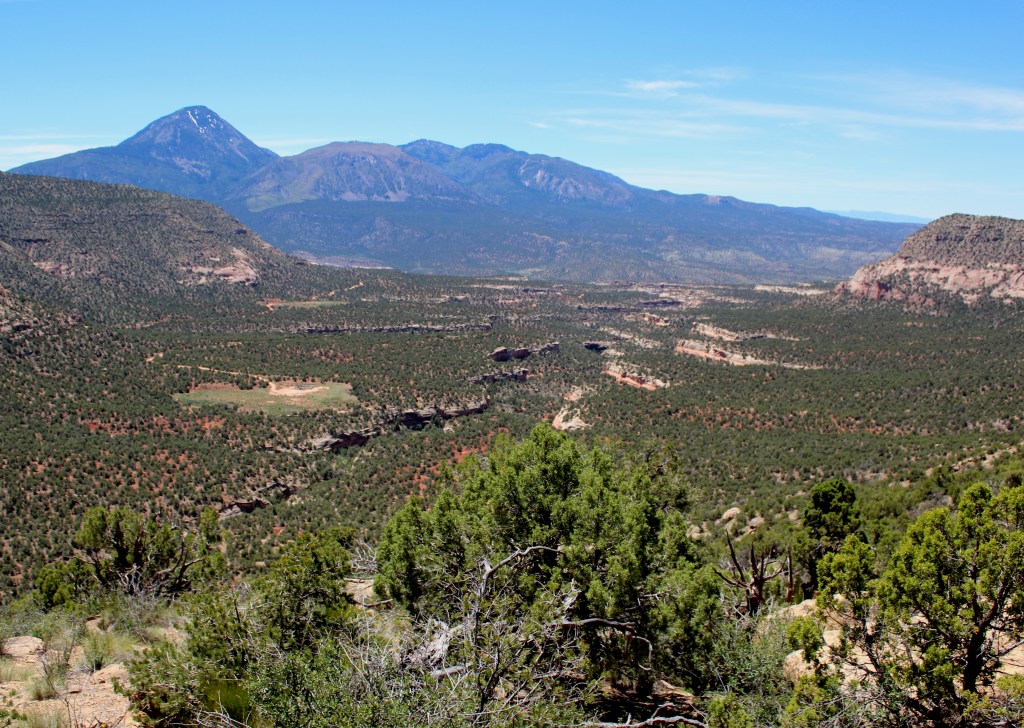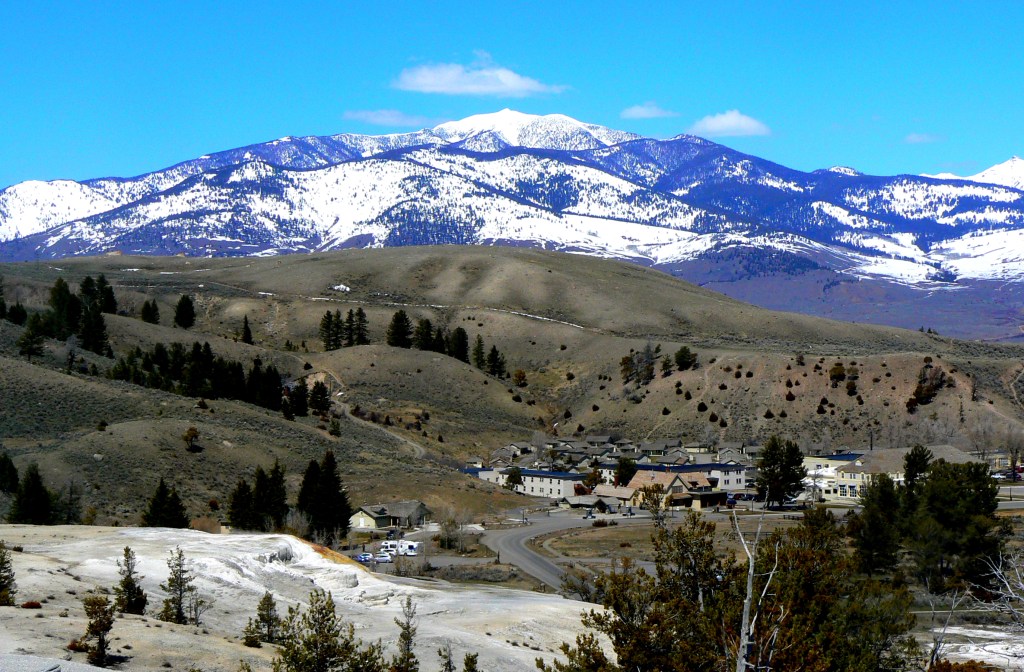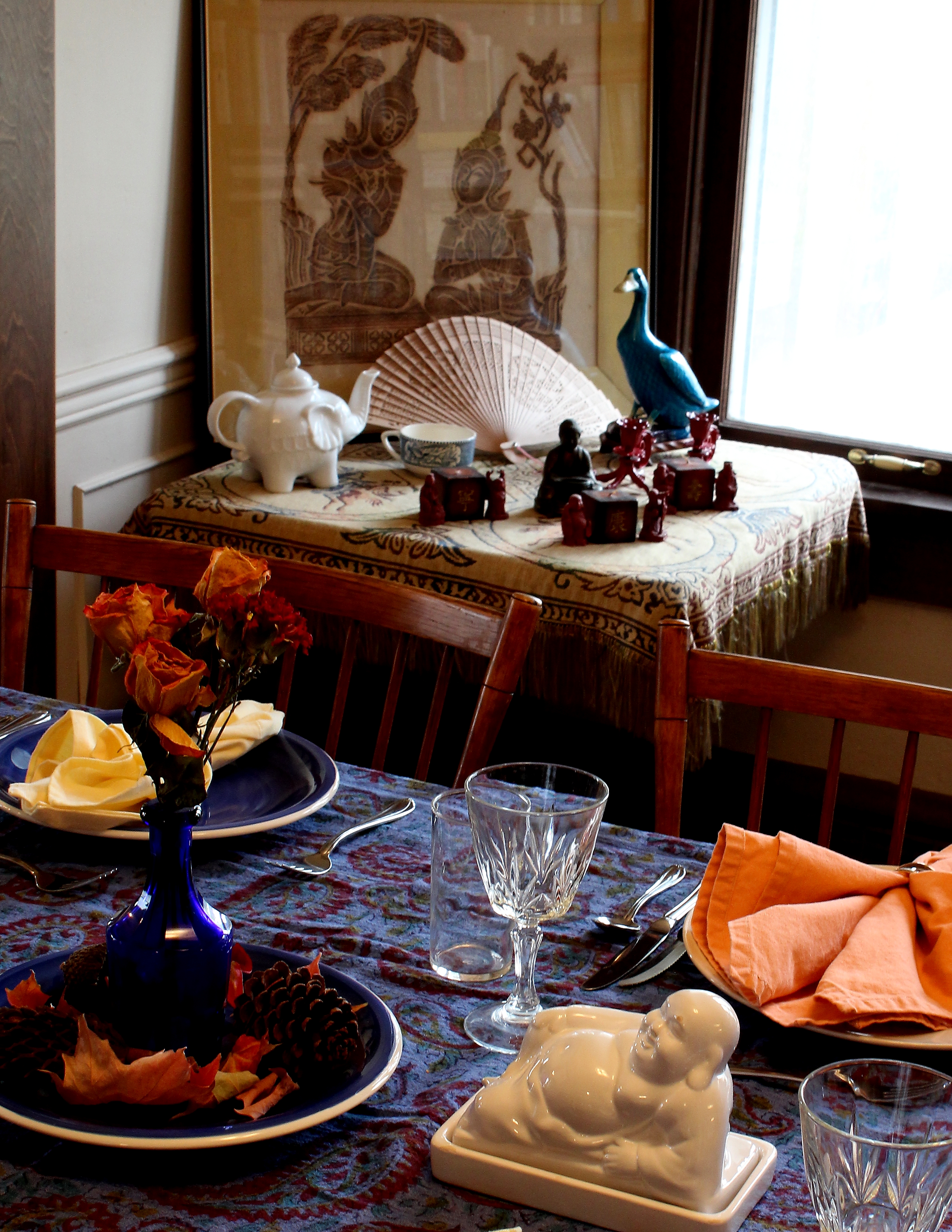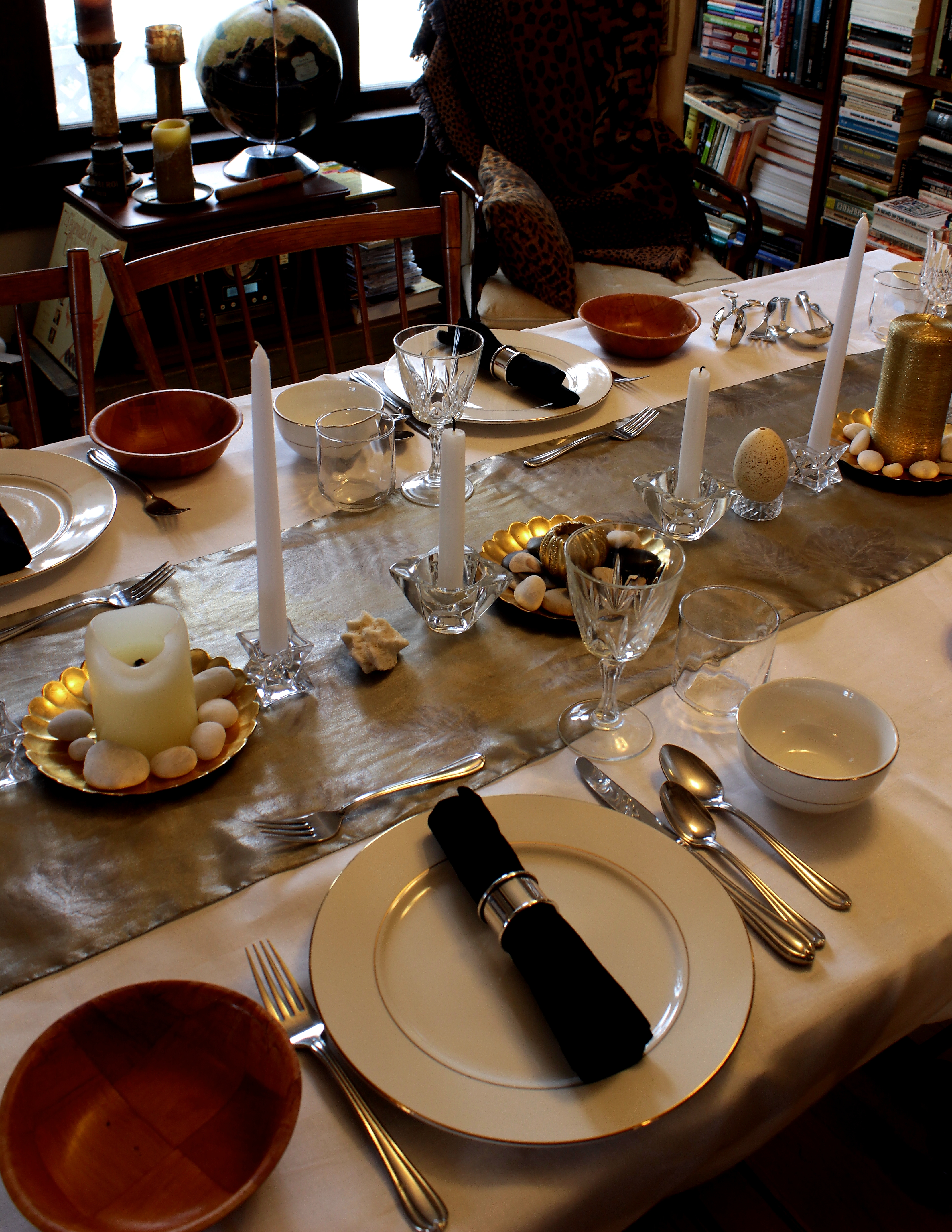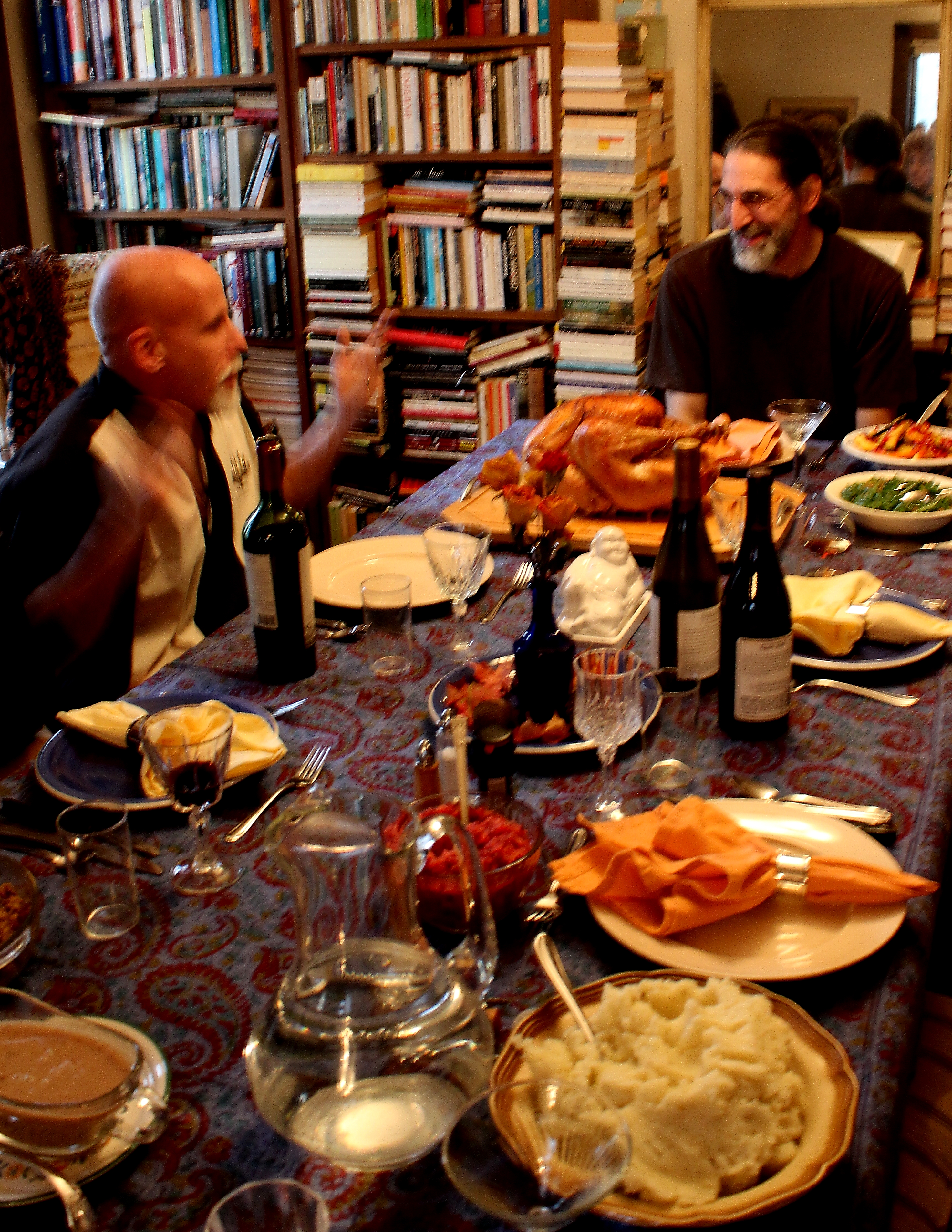“Take off your sandals, for the place where you are standing is holy ground.” – Exodus 3:5, NIV
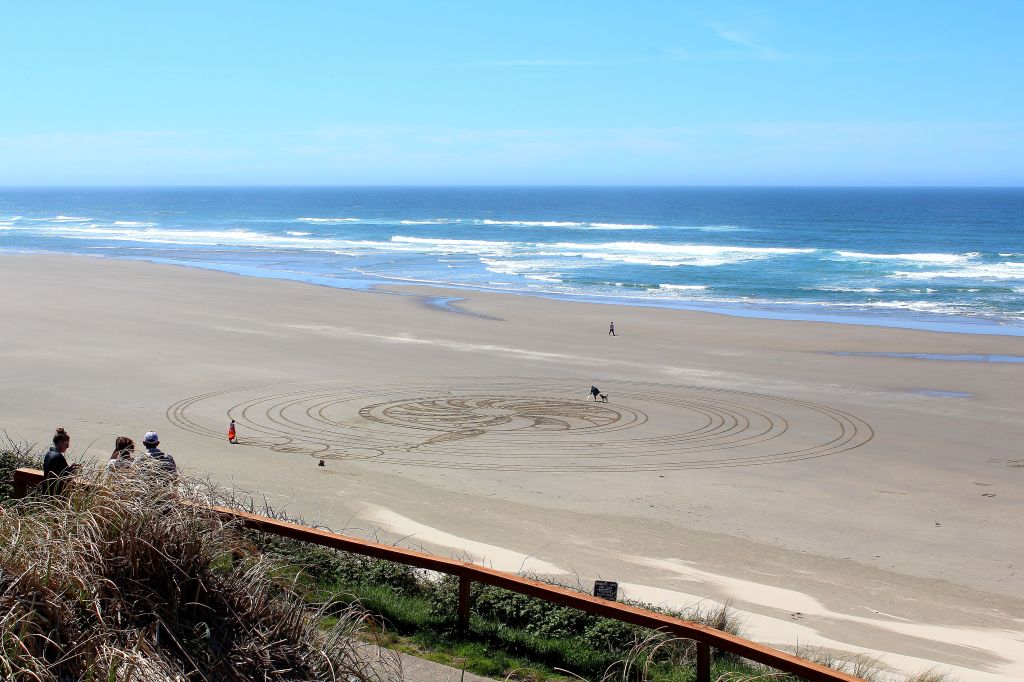
Tina leads the challenge this week with an amazing array of Spiritual Sites from around the world. Spirituality is truly universal. I went to a workshop at the Unitarian Universalist Fellowship here, and we tried to come up with a definition of spirituality. What we landed on was “the dynamic of being in the process of being in relationship and being aware of it”…or at least that’s what I wrote in my notes. For me, that just means that I am trying to be aware that I am in relationship to EVERYTHING, and I want continually to try to make these relationships more harmonious and mutually beneficial. At the top of my awareness is my family relationships. That’s where I began my spiritual journey, as an infant. Ancestors and family members are often honored at spiritual sites. There is a church in California where I was married and where my sister, my husband, and my parents are buried. It is a very meaningful place to me.
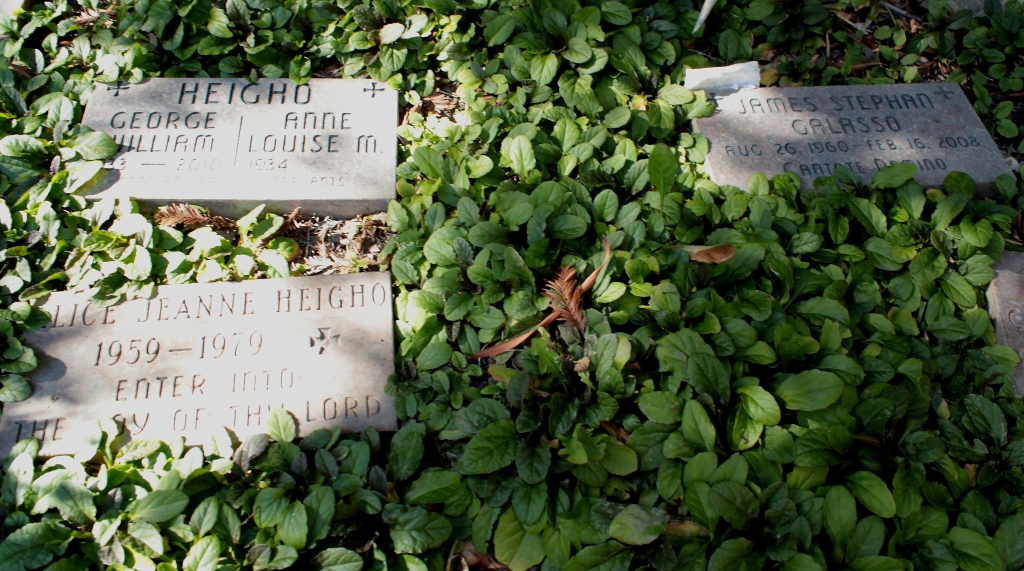
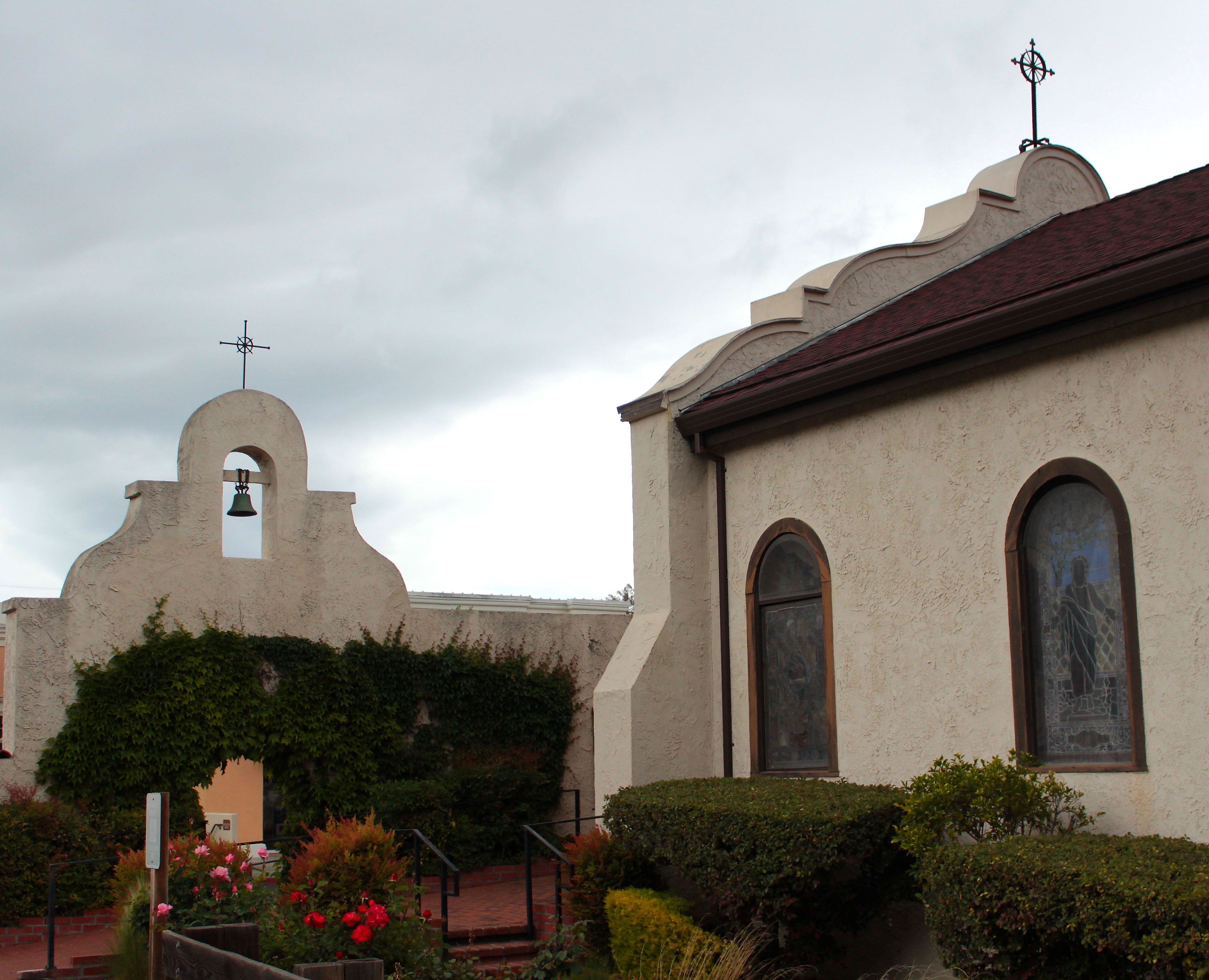
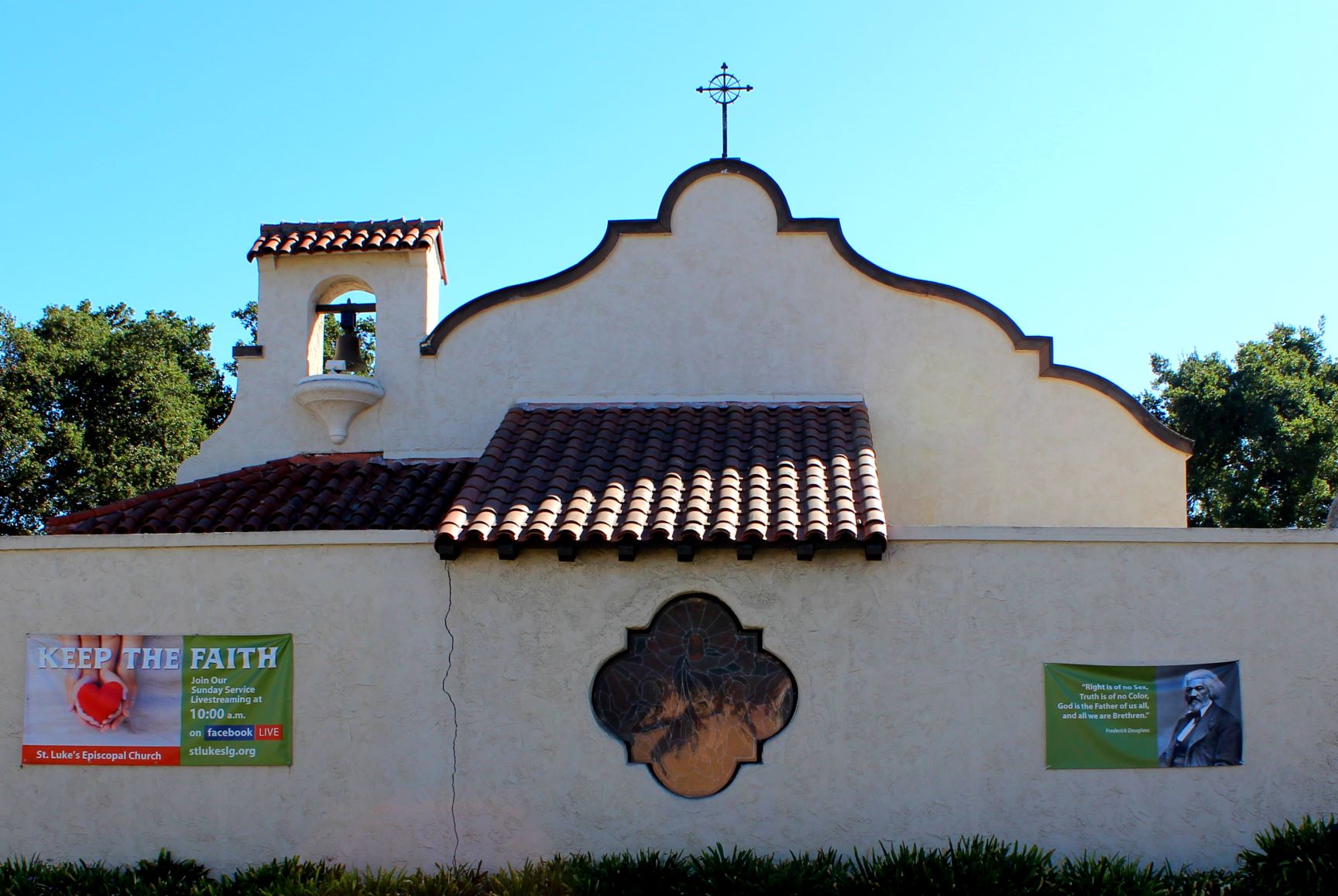

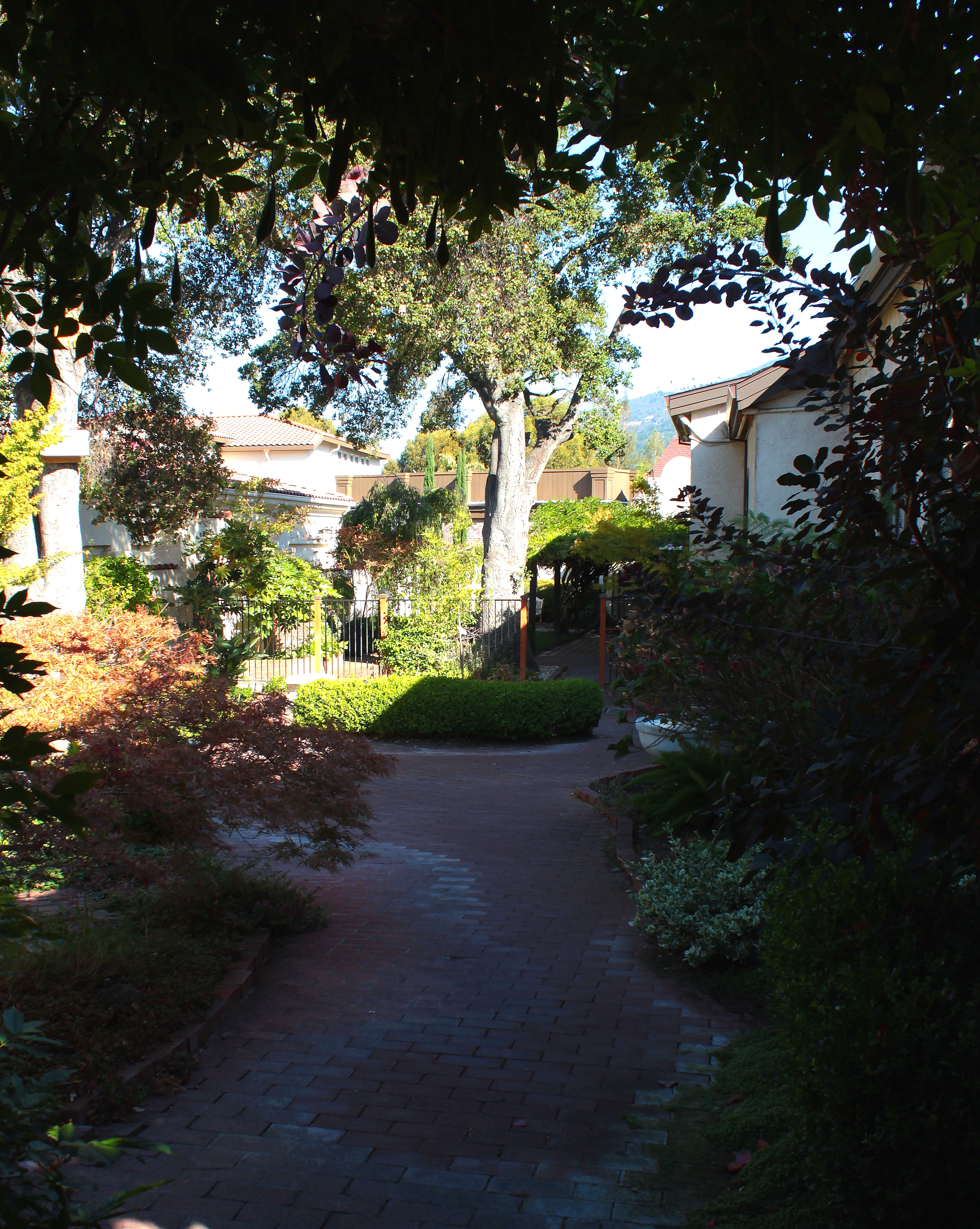


From an early point in my spiritual journey, I was also aware of the sacredness of Nature. Since 2014, I have been particularly aware of my relationship with Wilderness.
“A wilderness, in contrast with those areas where man and his own works dominate the landscape, is hereby recognized as an area where the earth and its community of life are untrammeled by man, where man himself is a visitor who does not remain.”
– The Wilderness Act of 1964

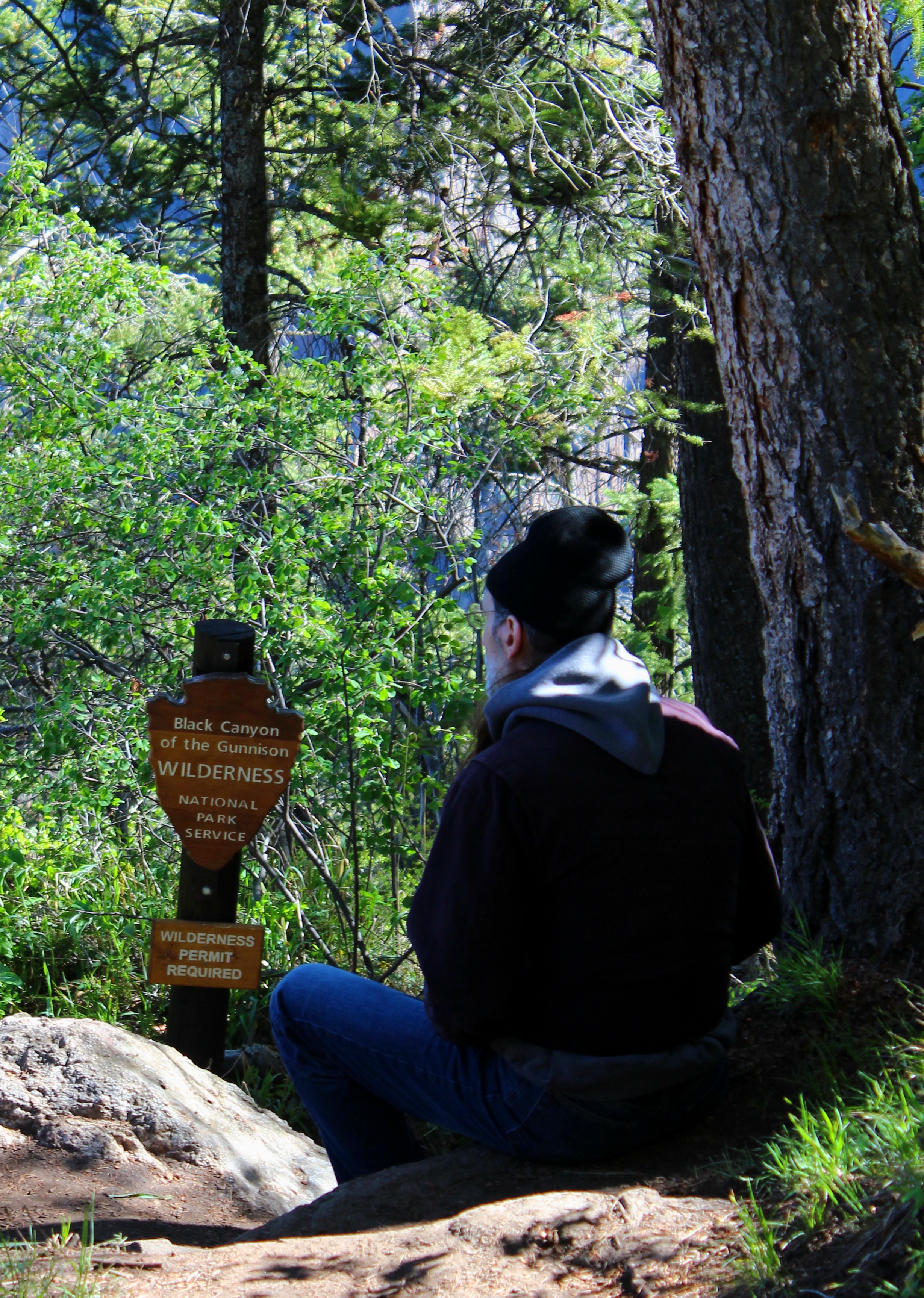
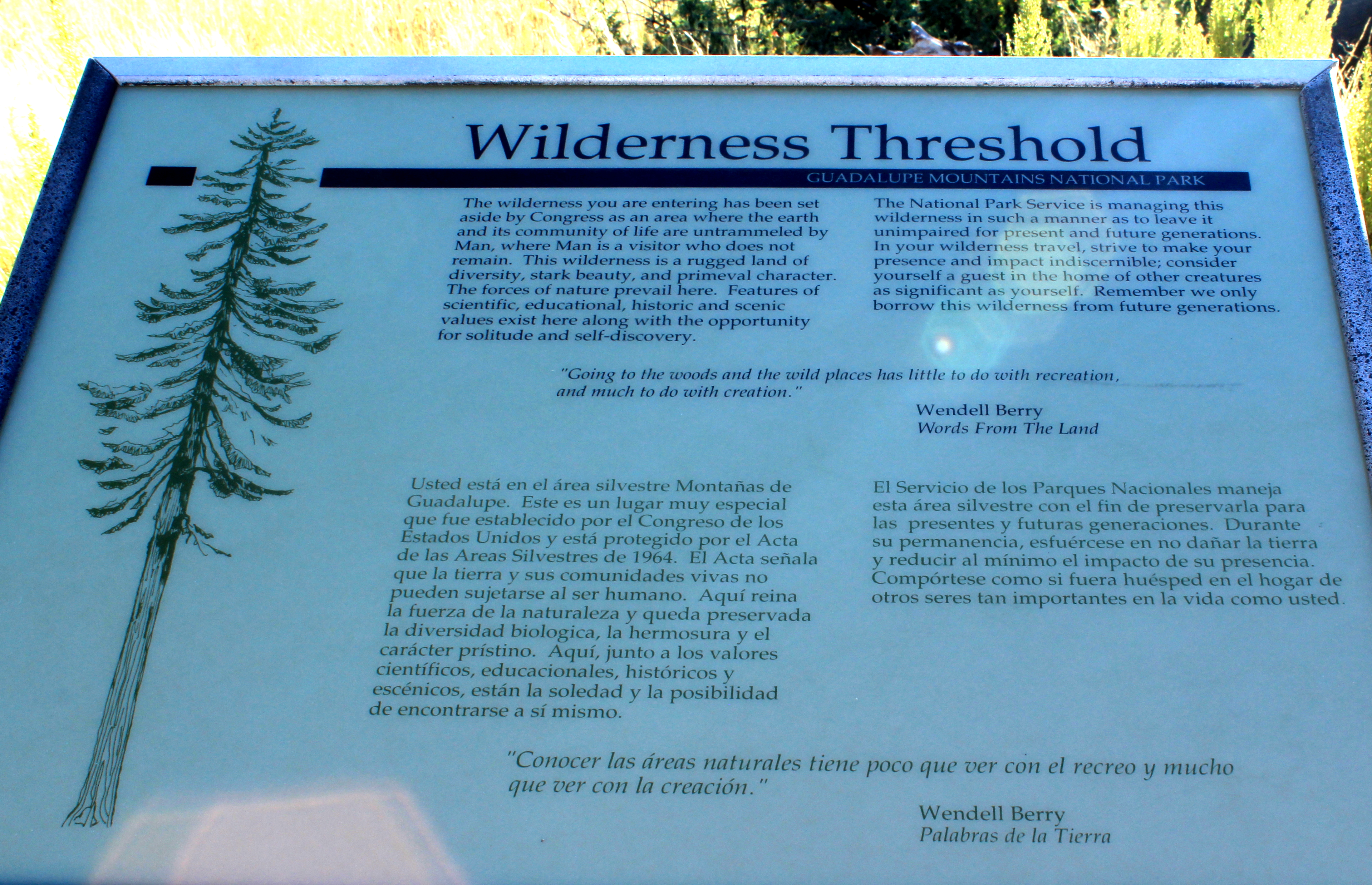
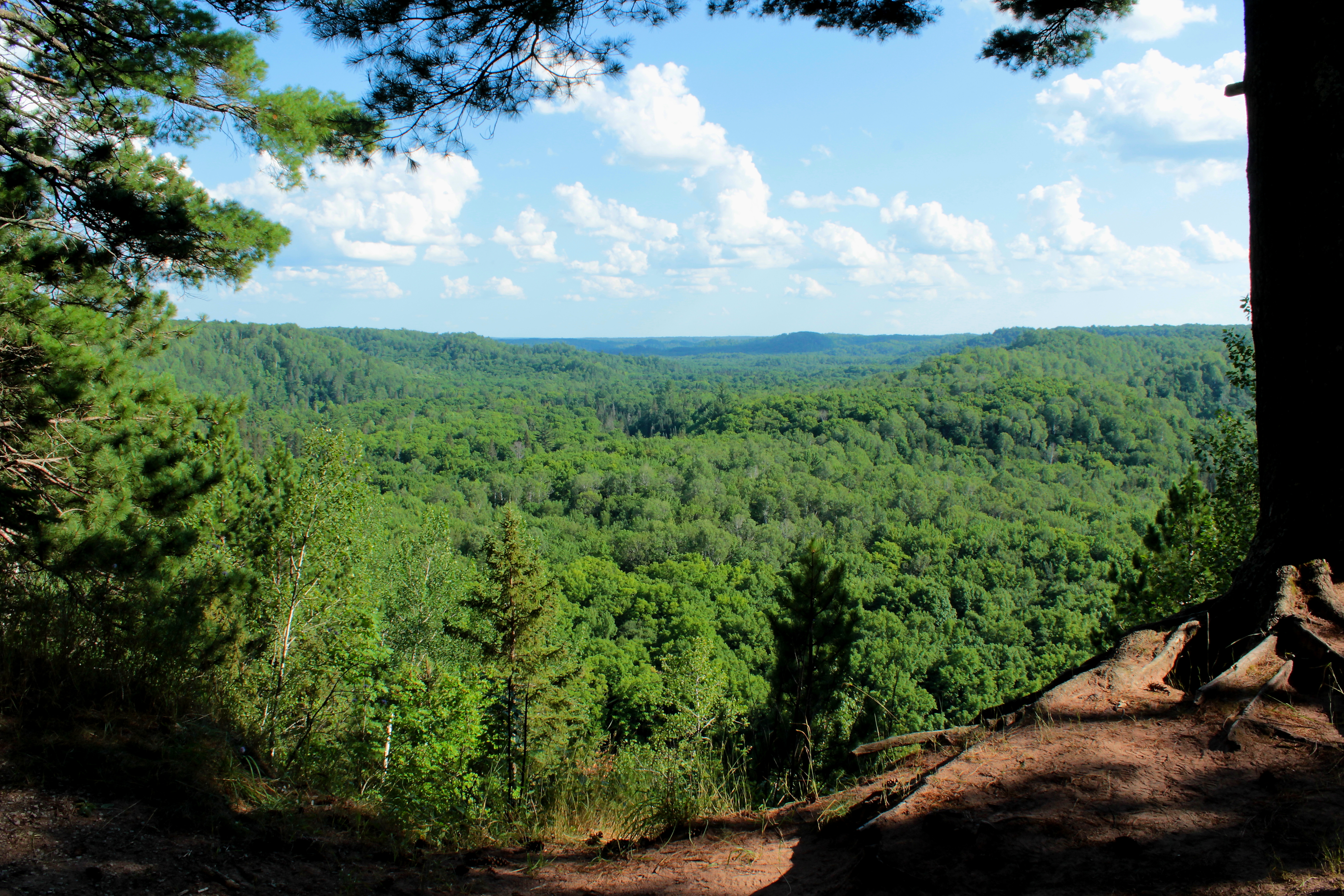
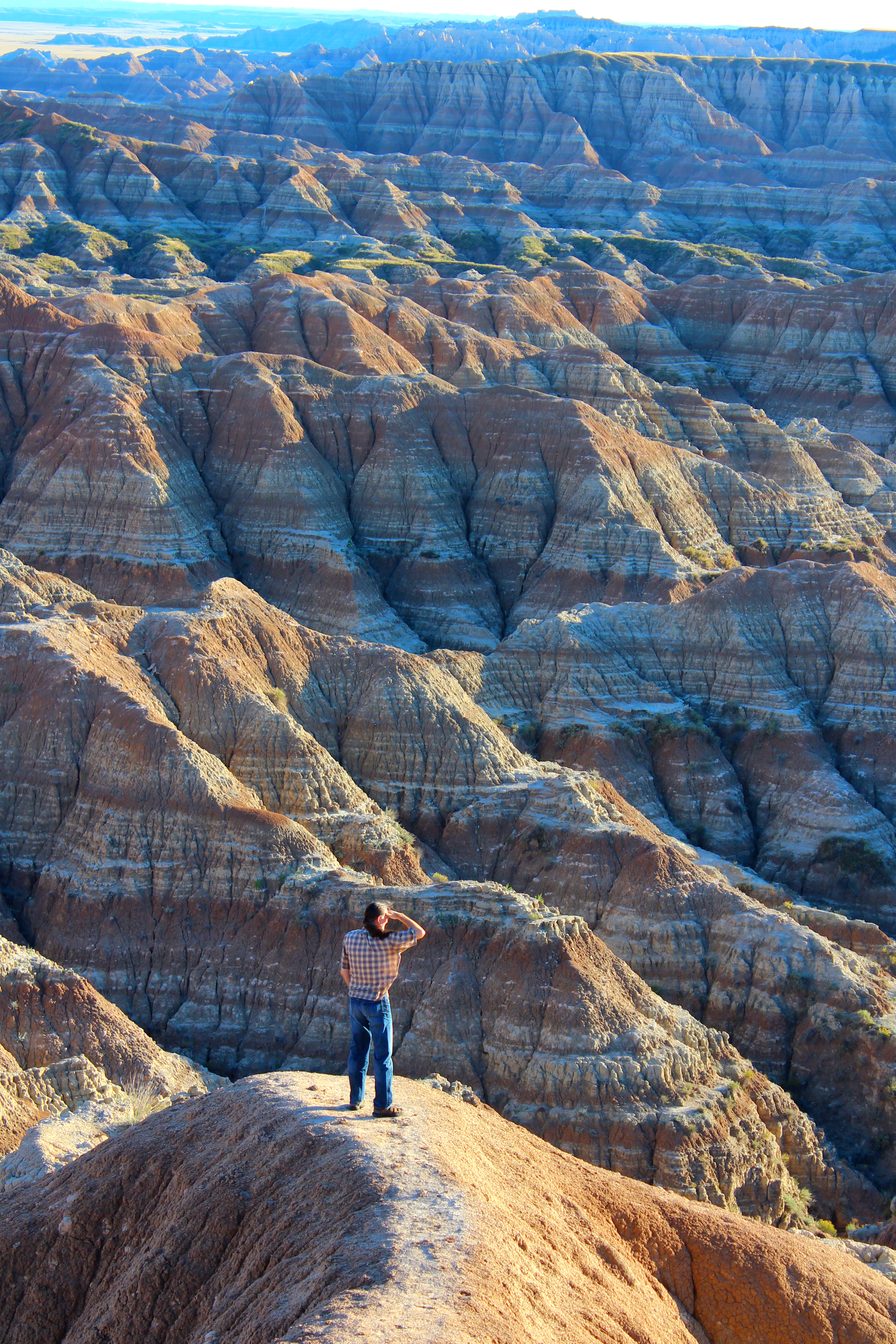
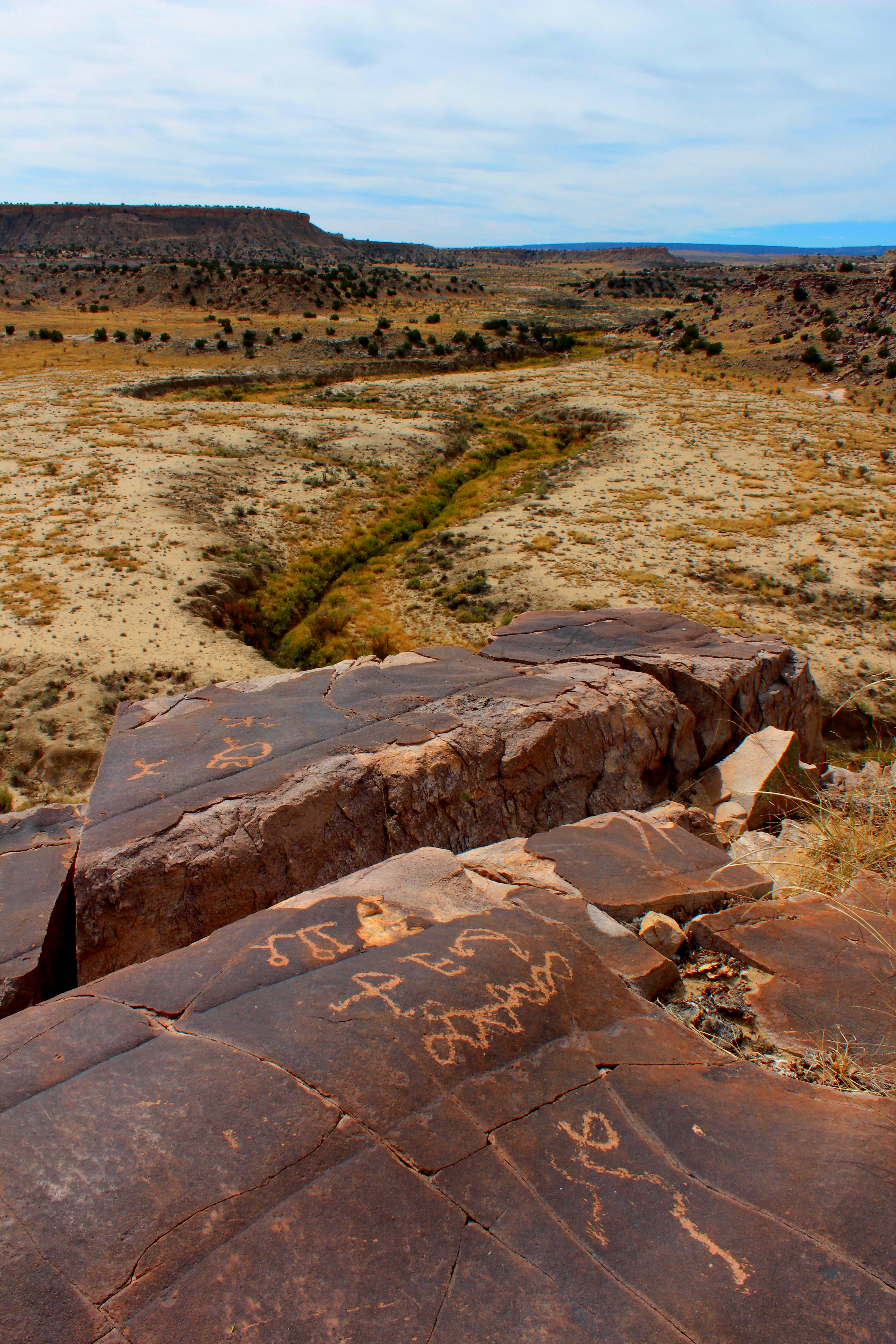

(Gallery top left to bottom right: Headwaters Wilderness, WI; Black Canyon of the Gunnison Wilderness, CO; Guadalupe Escarpment Wilderness sign, TX; Sturgeon River Gorge Wilderness, MI; Sage Creek Wilderness, Badlands, SD; Ojito Wilderness, NM; Drift Creek Wilderness, OR.)
The first overnight backpacking trip I did in wilderness was at Strawberry Mountain in eastern Oregon. After two nights camping in the wilderness, we reached the summit. I was immensely happy! The relationship I had formed with my hiking friends, with the alpine lakes and trees, with mountain goats and wildflowers, and with my own mind and body, made me feel the energy of being alive and dynamic in the world in a gloriously spiritual way. I sat down in the lotus position on holy ground…and my friend snapped this photo:
